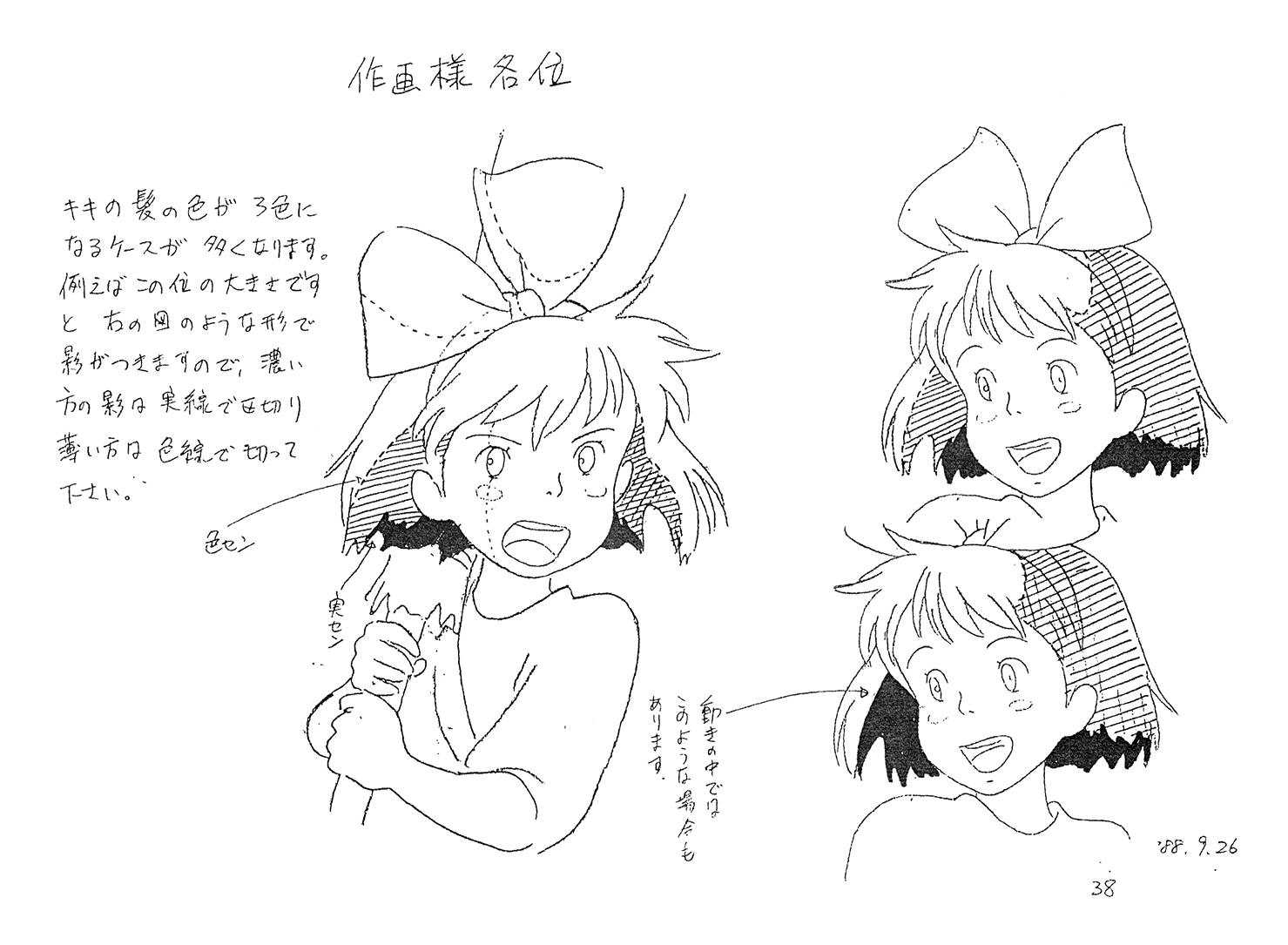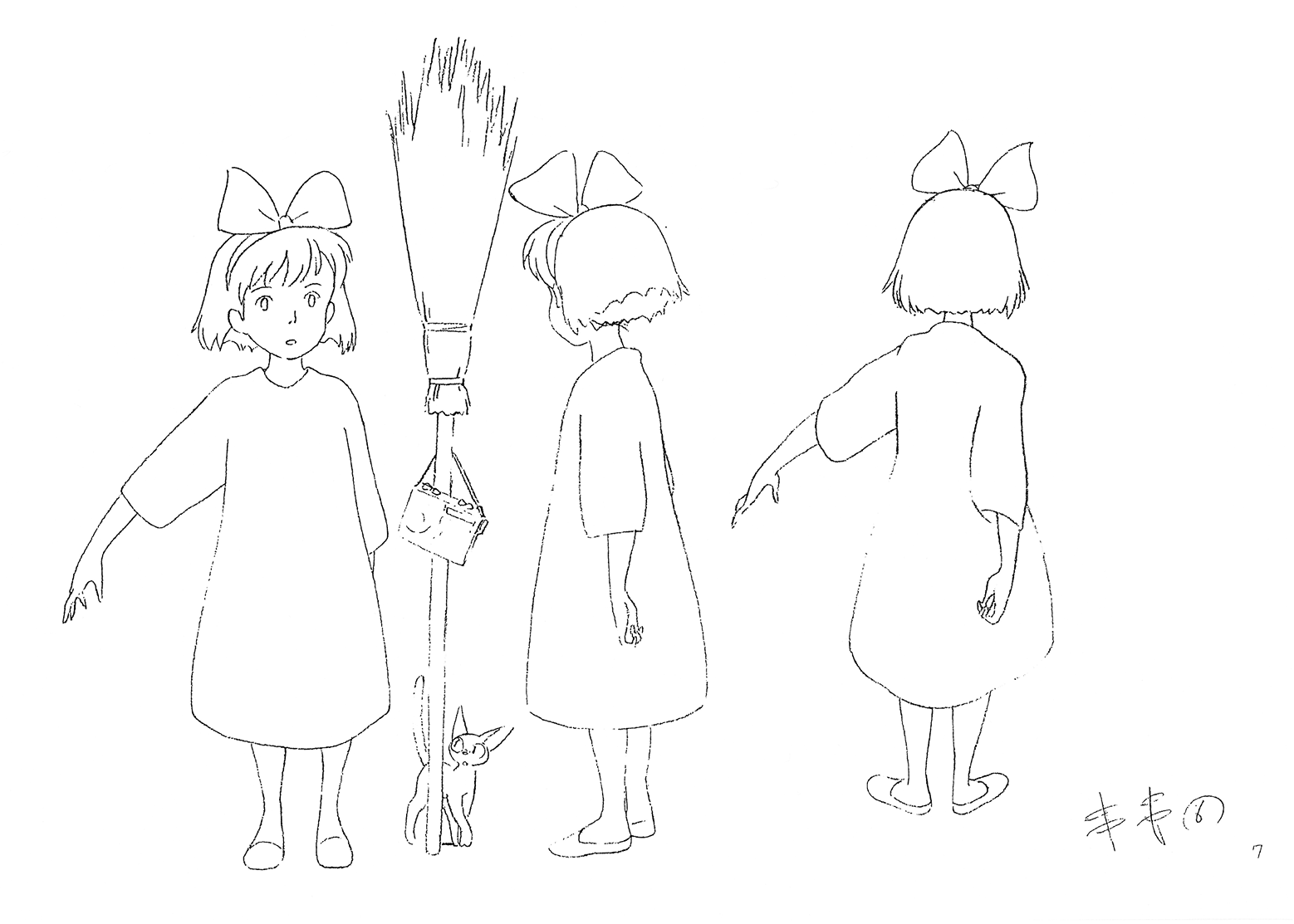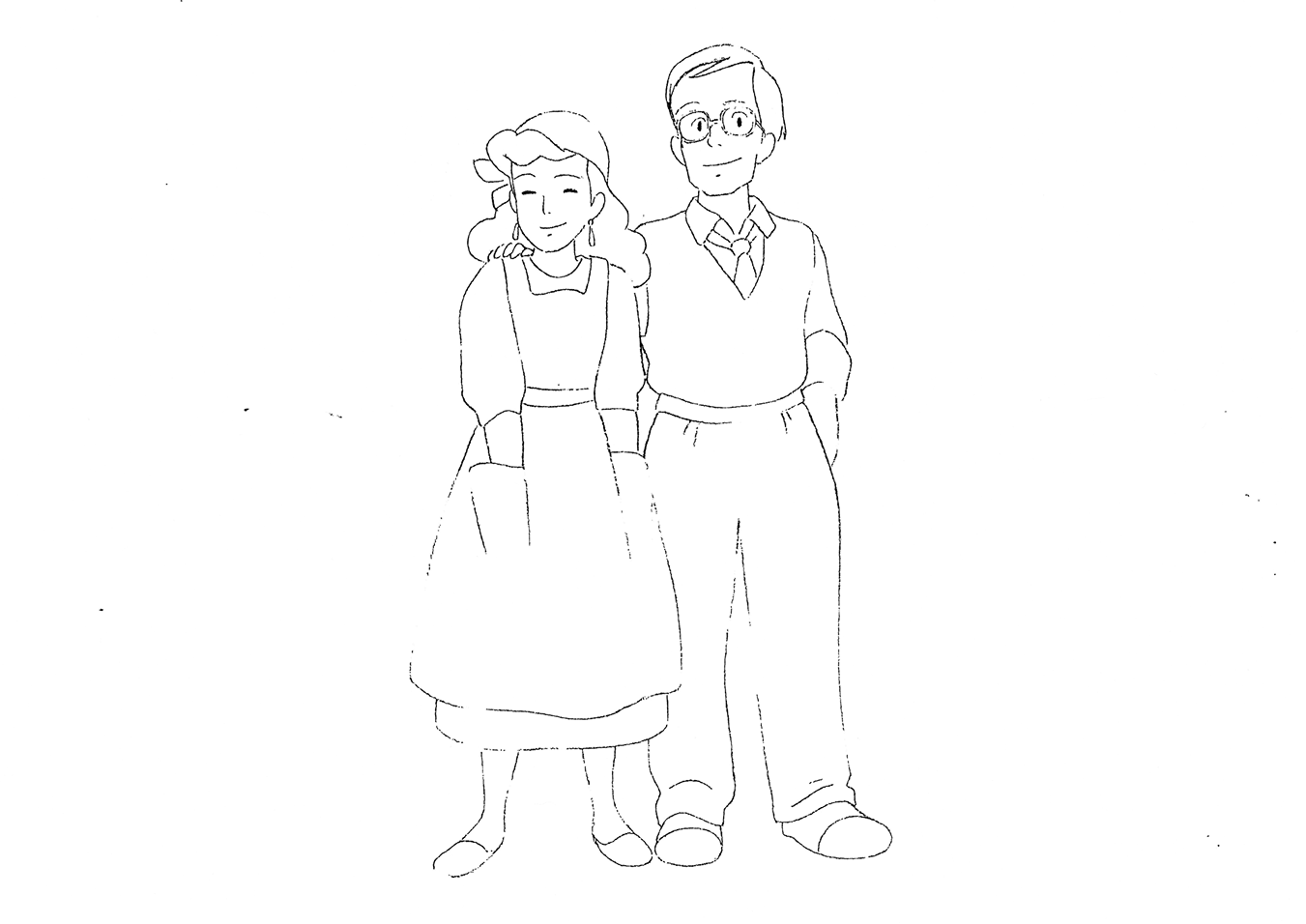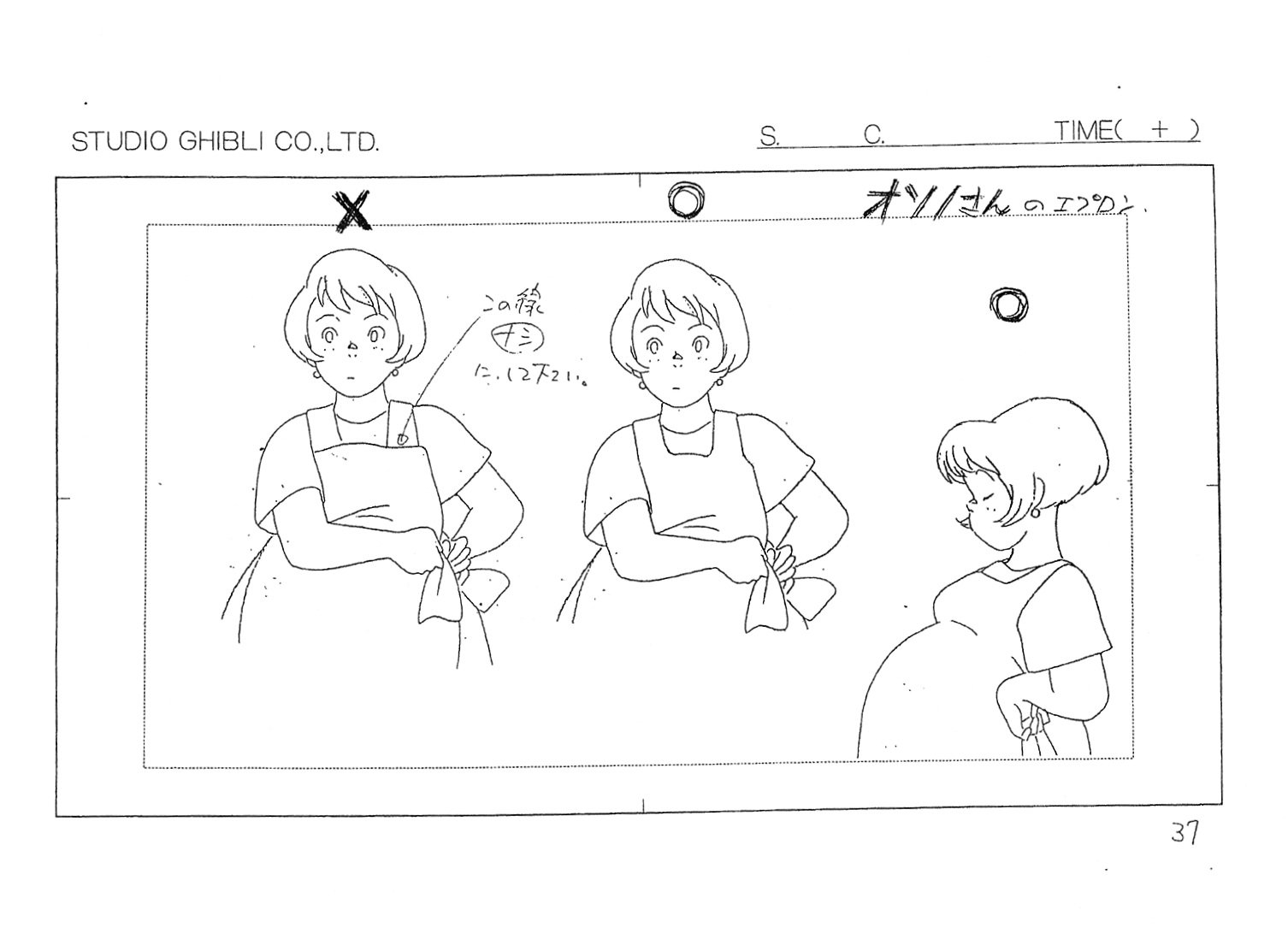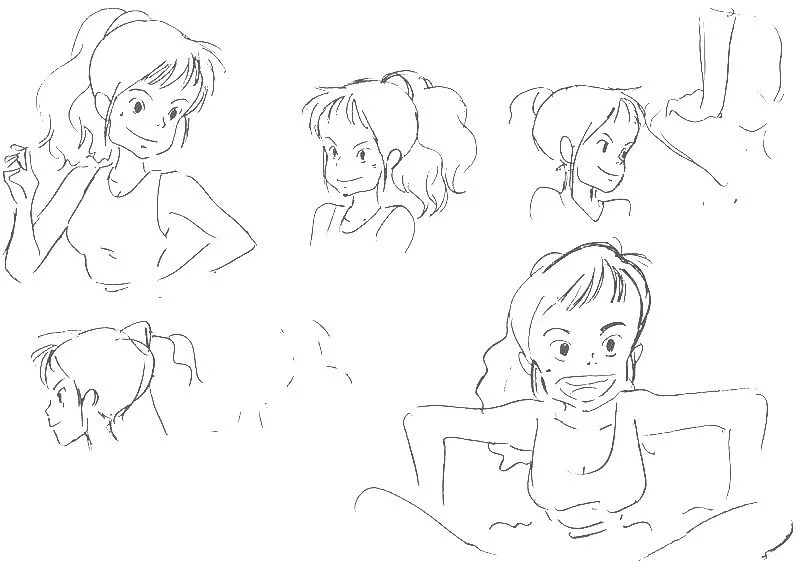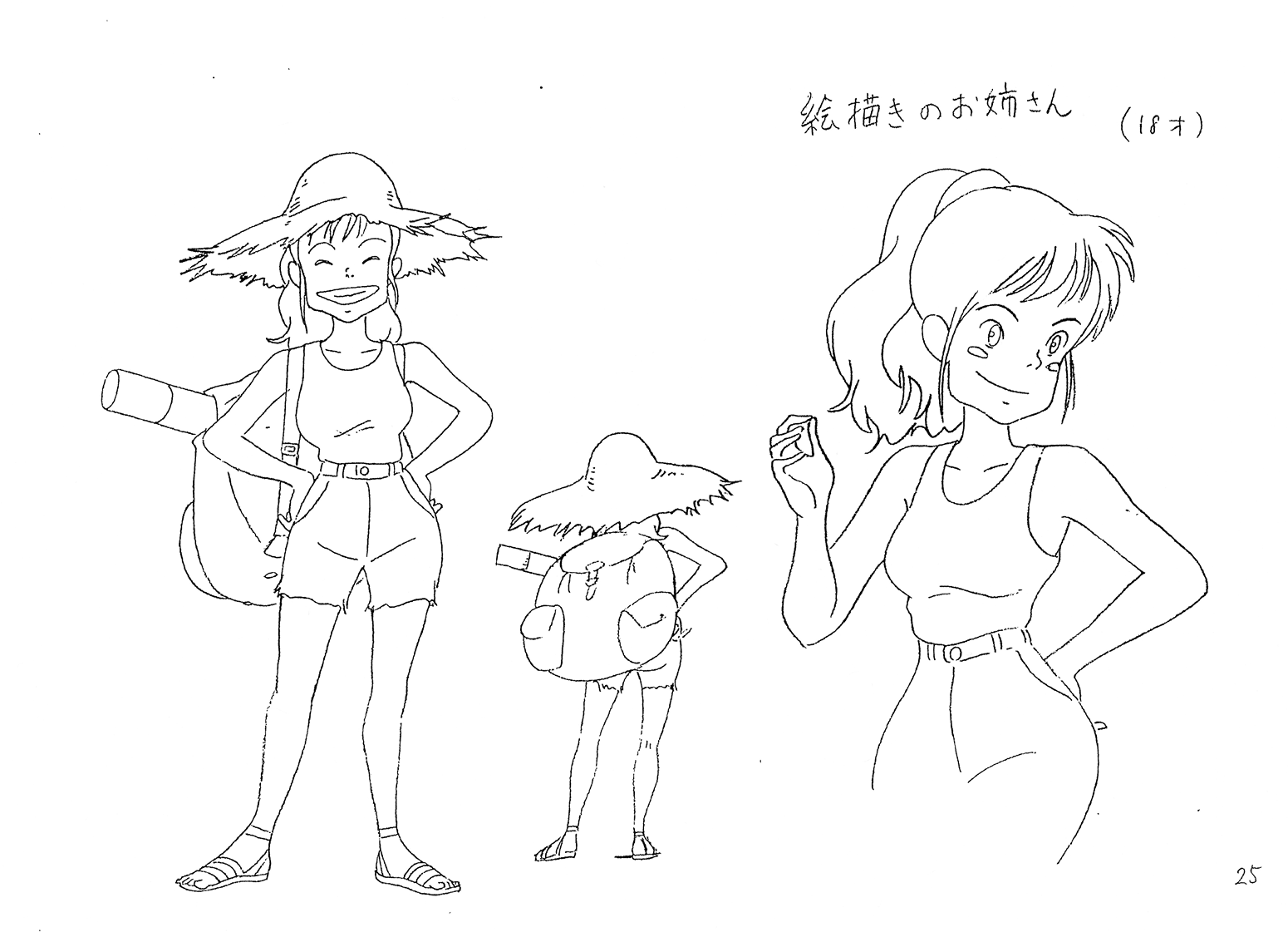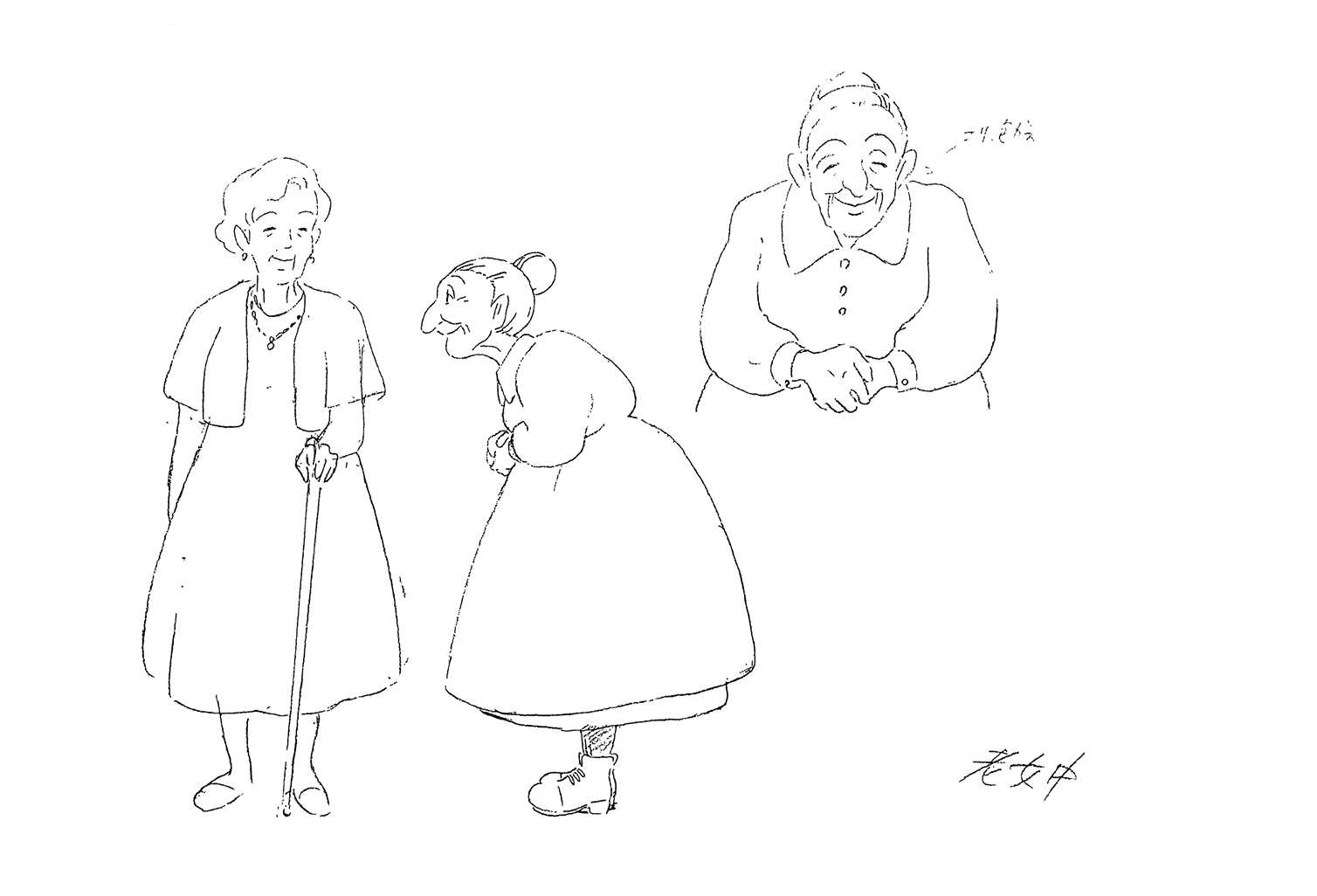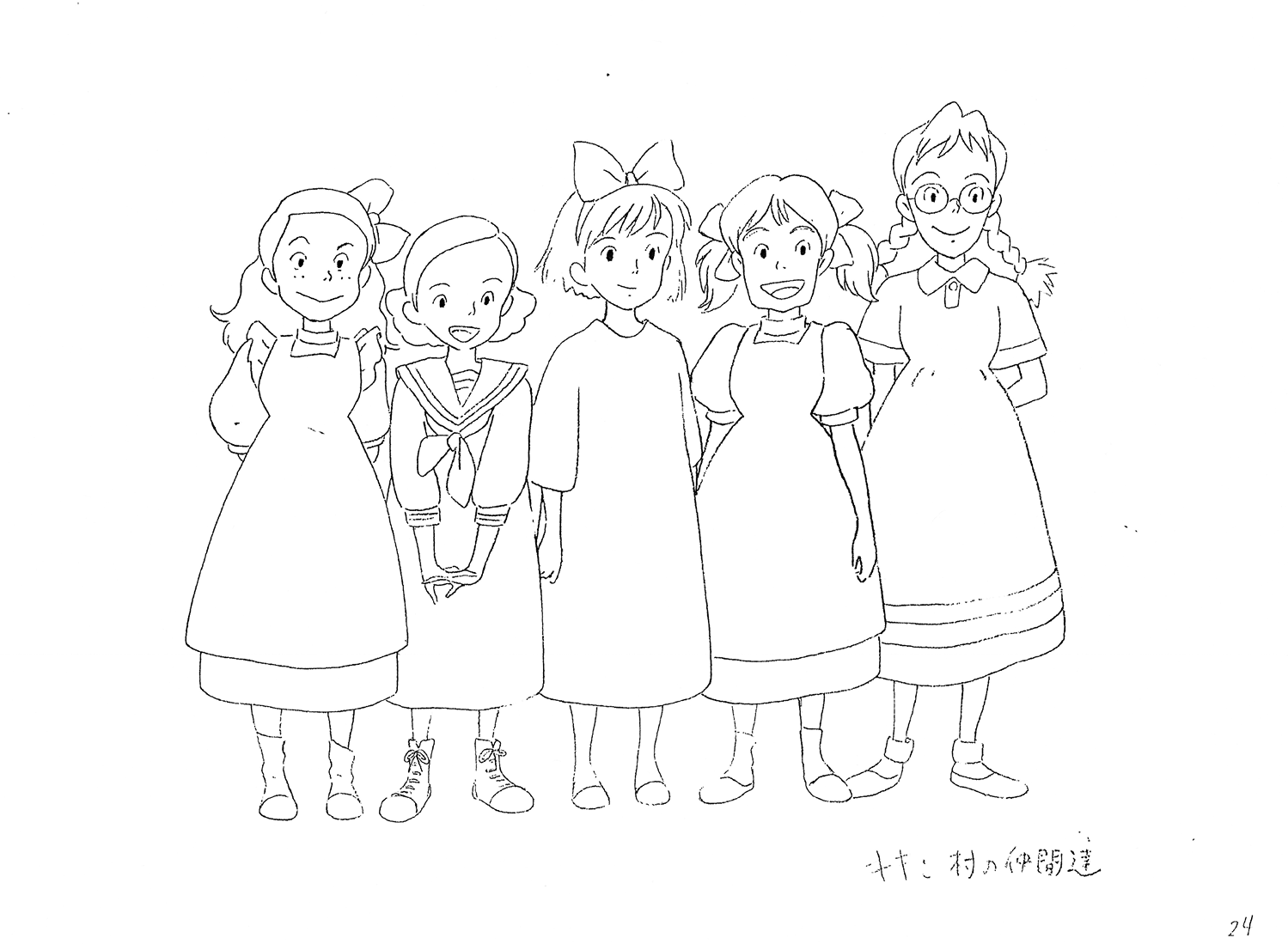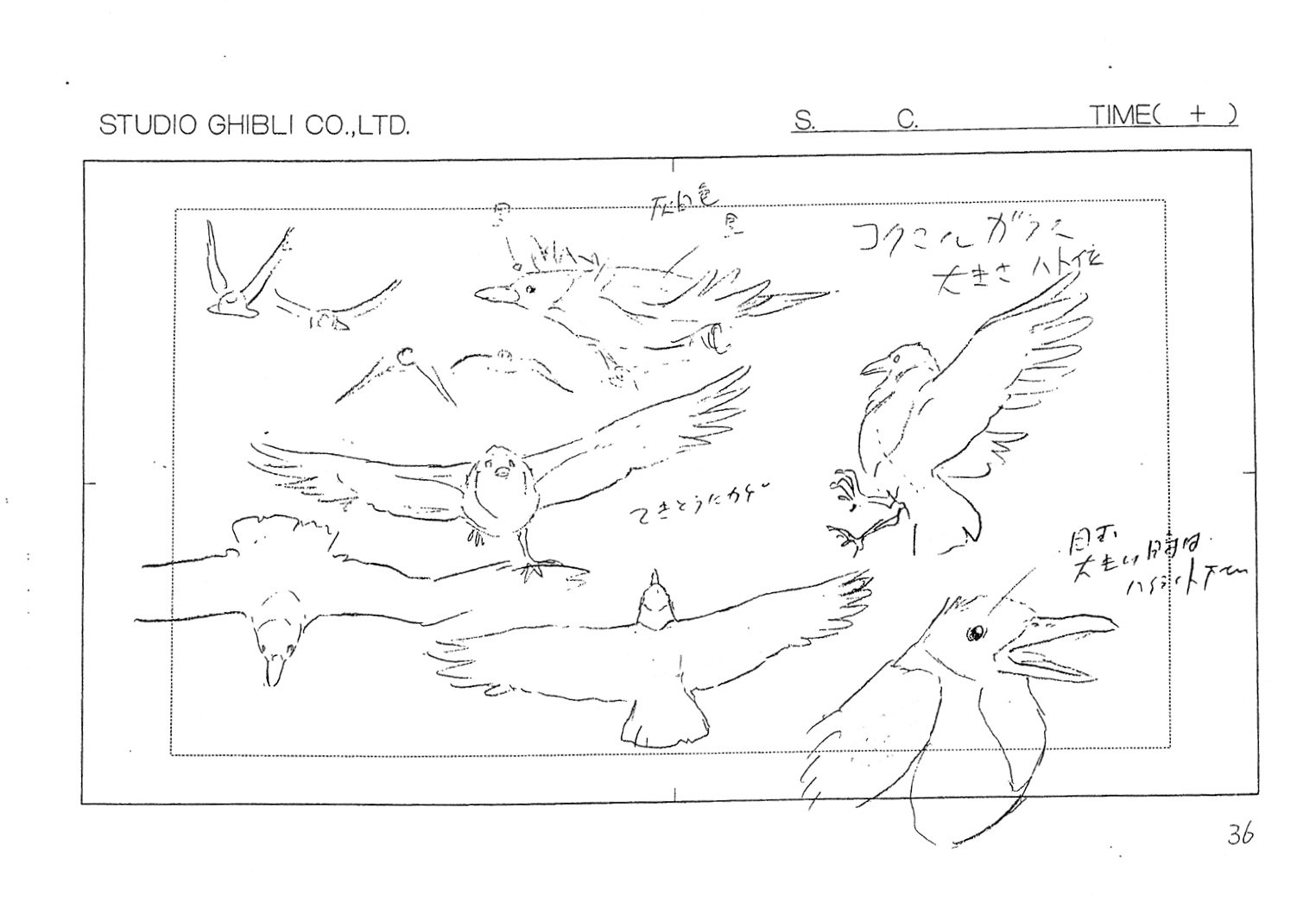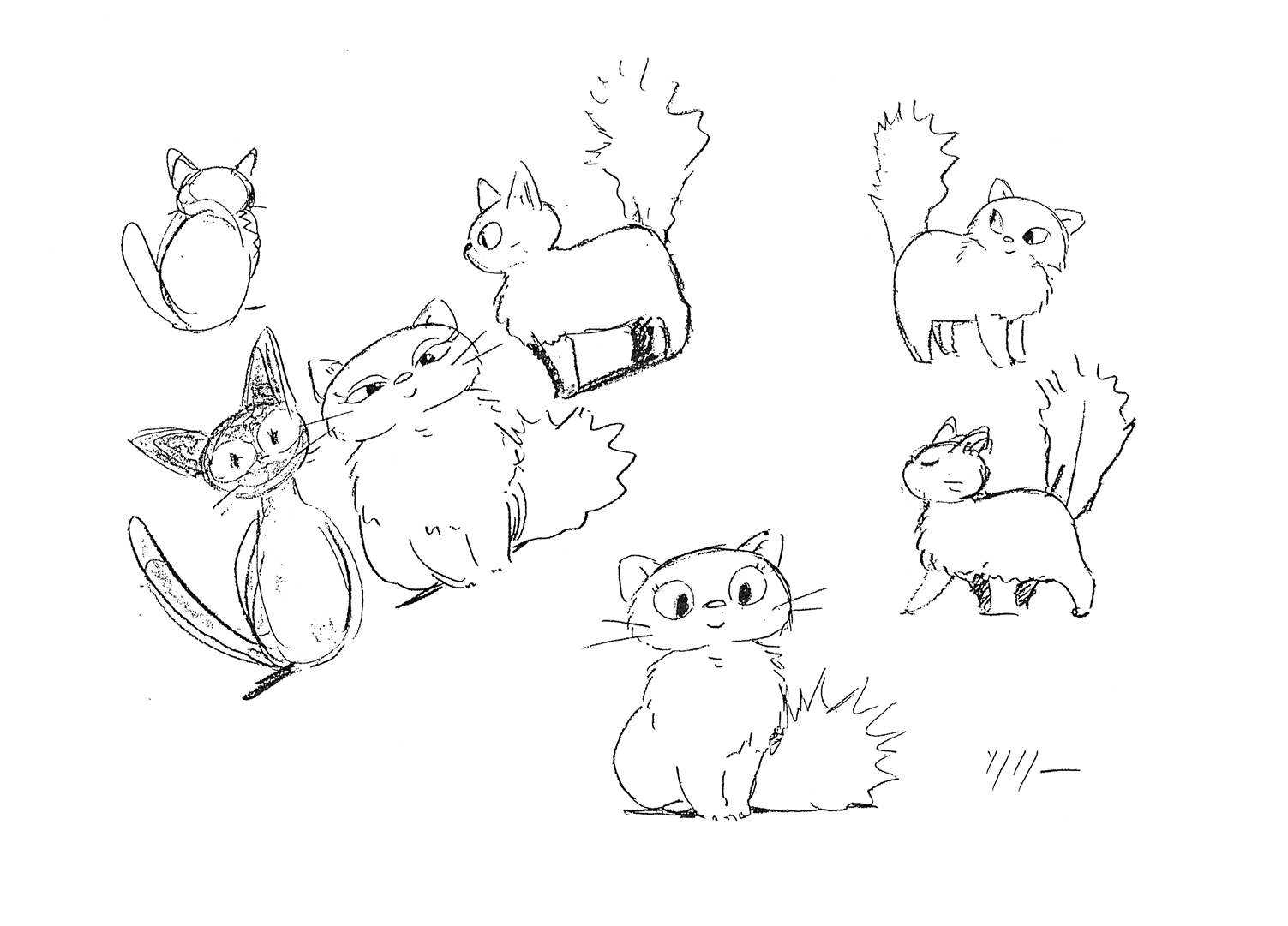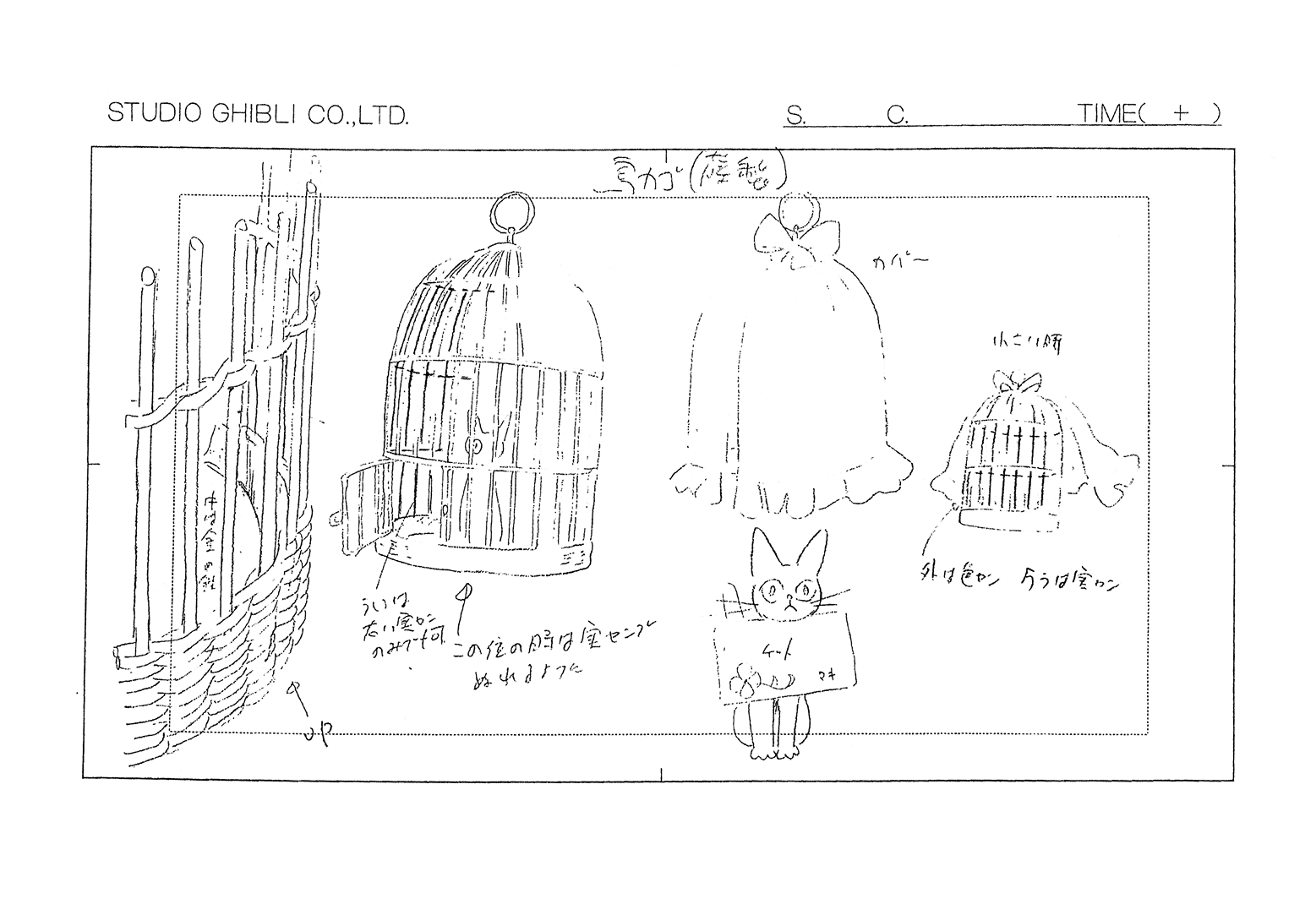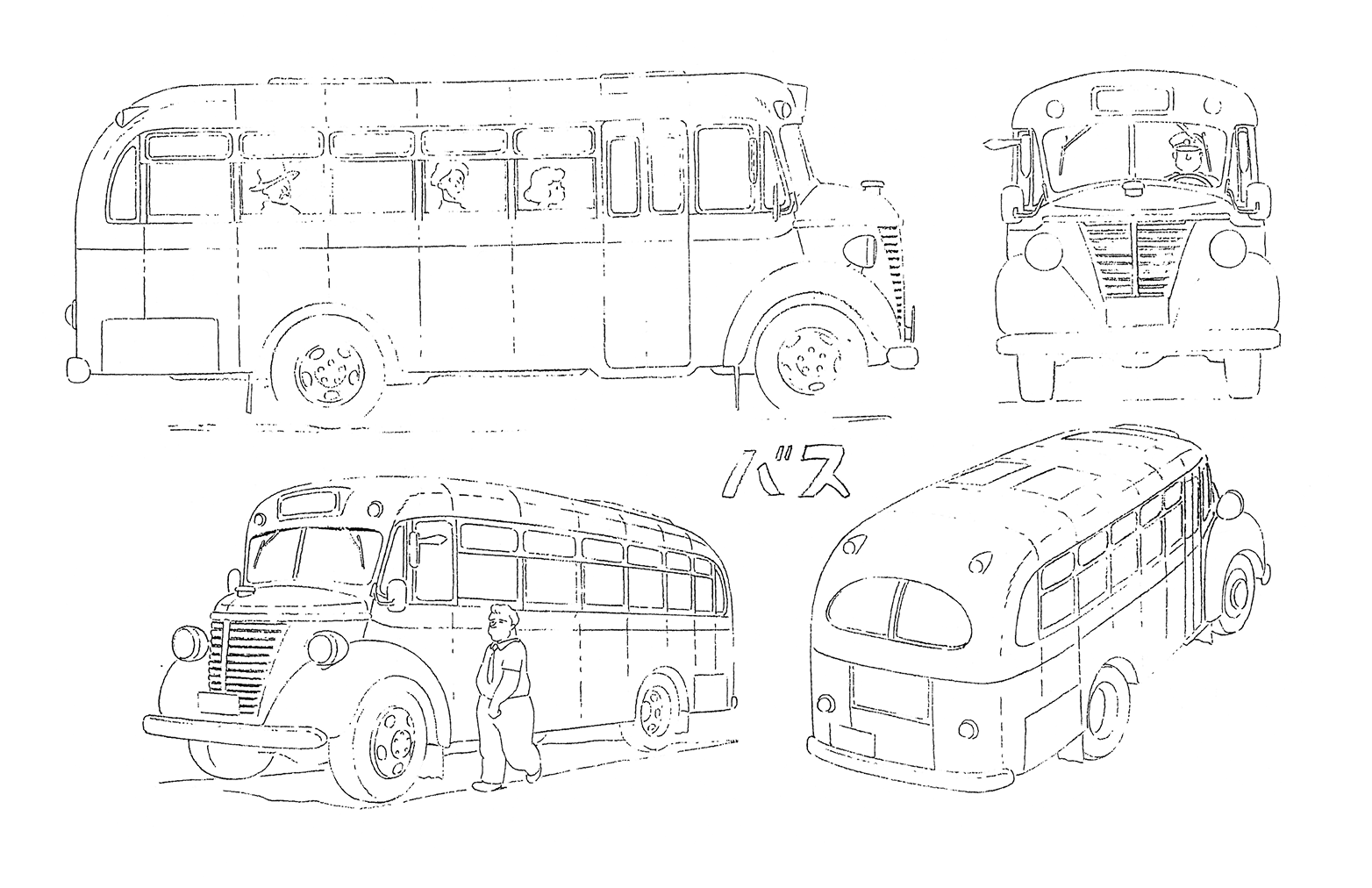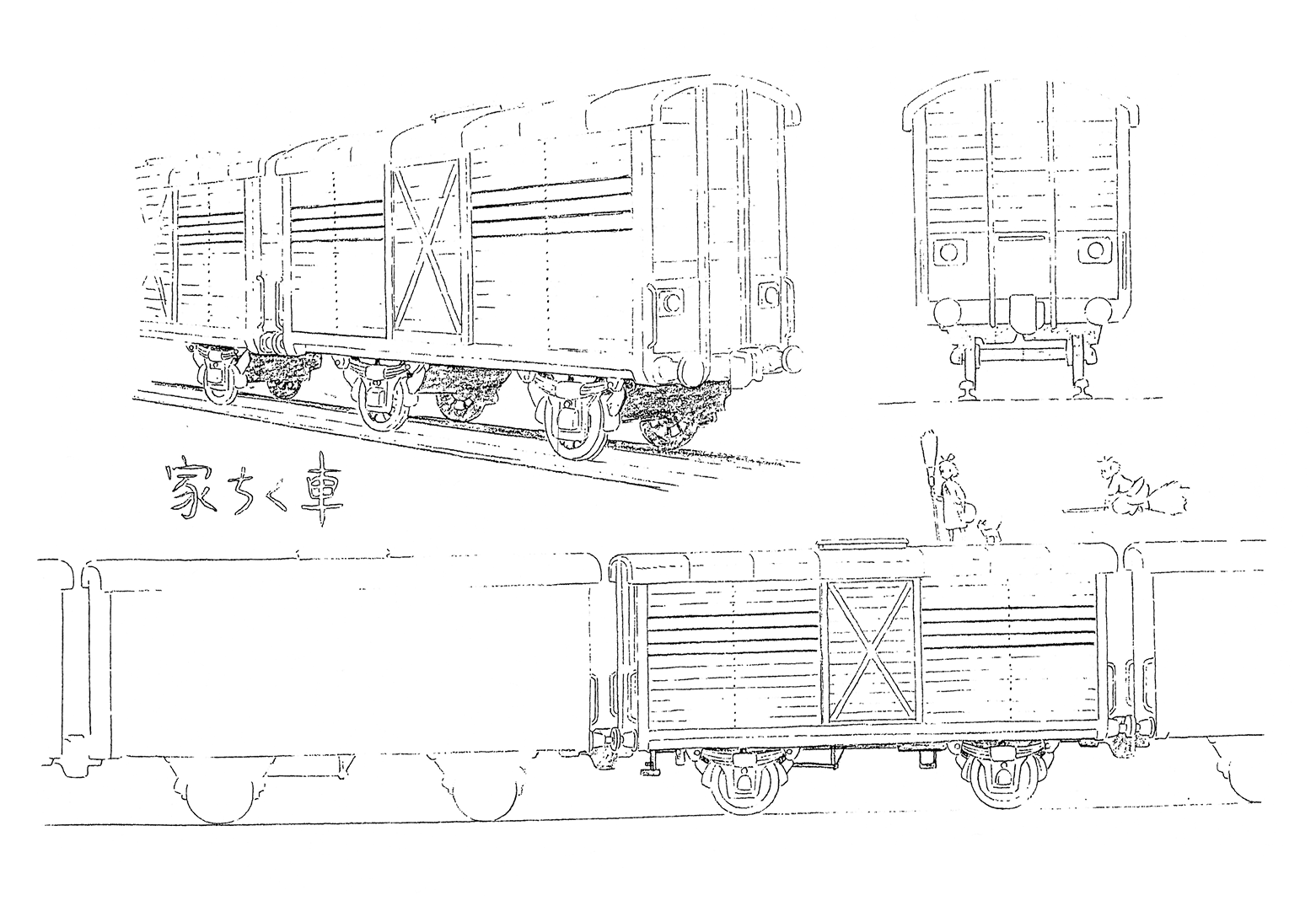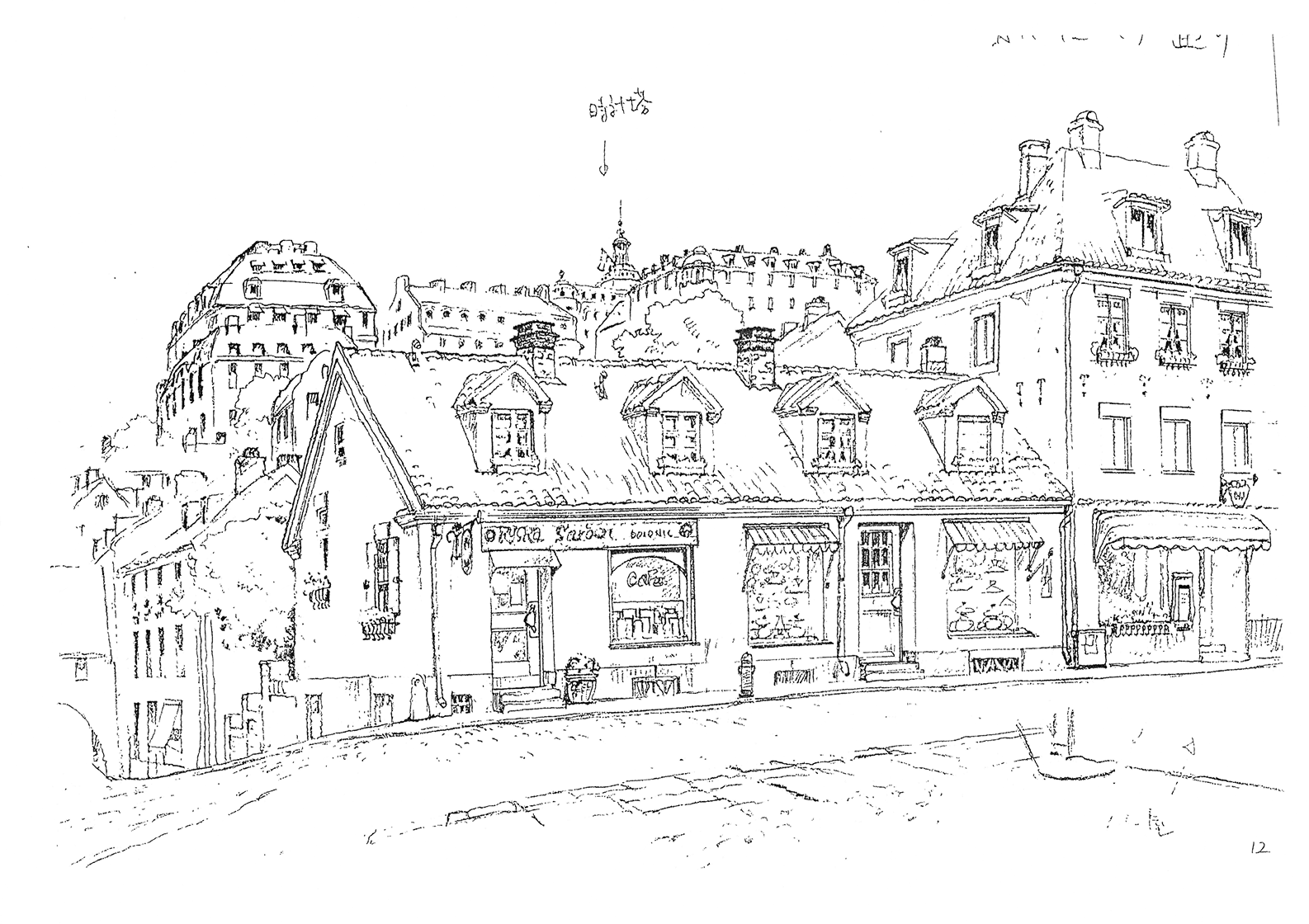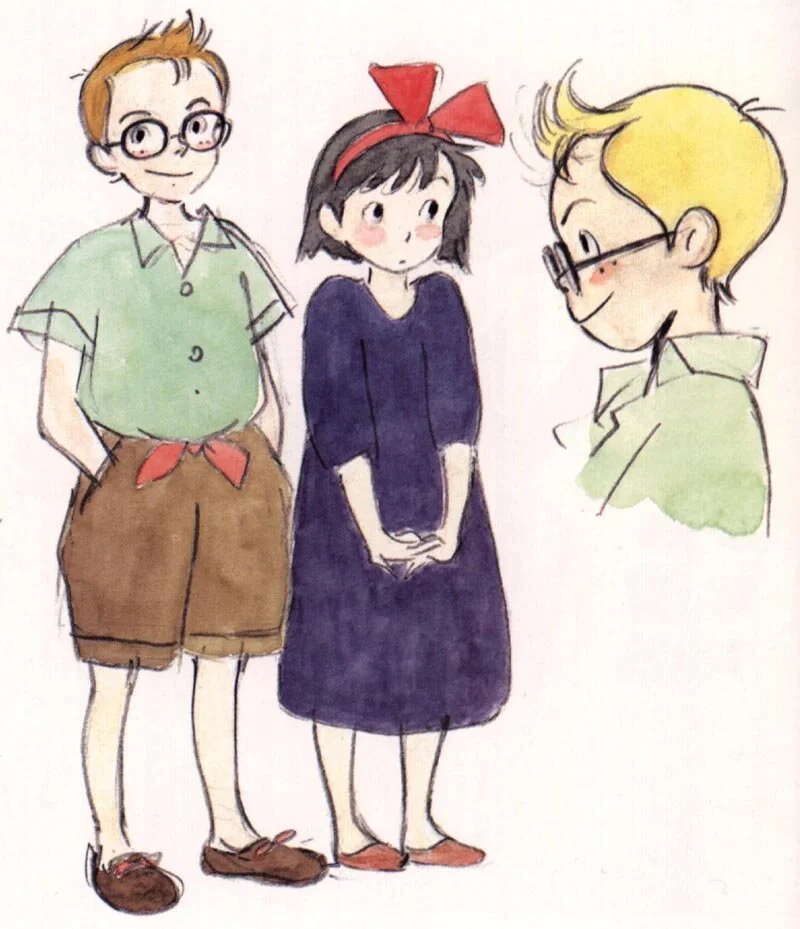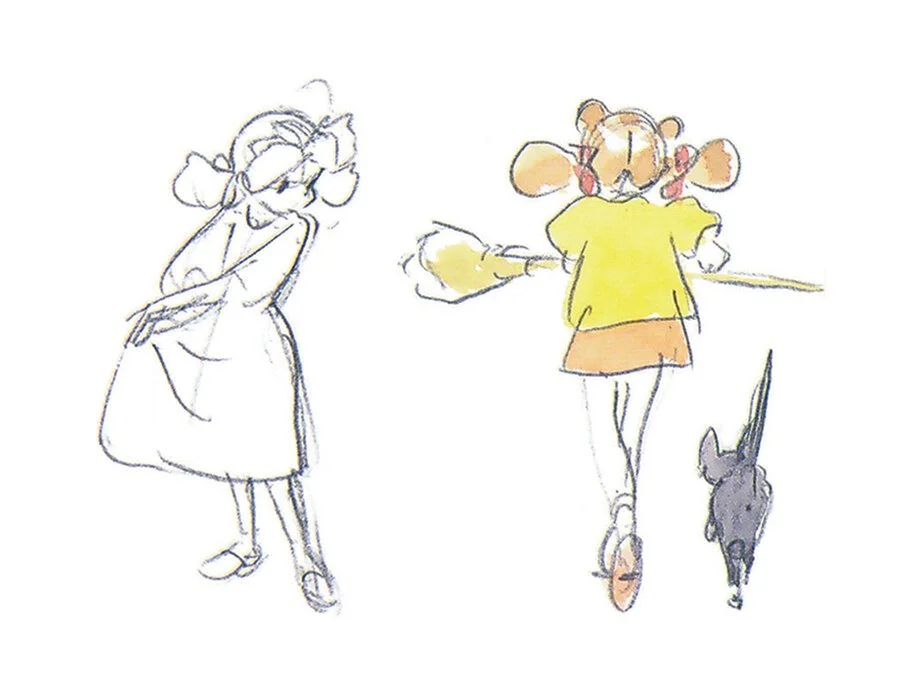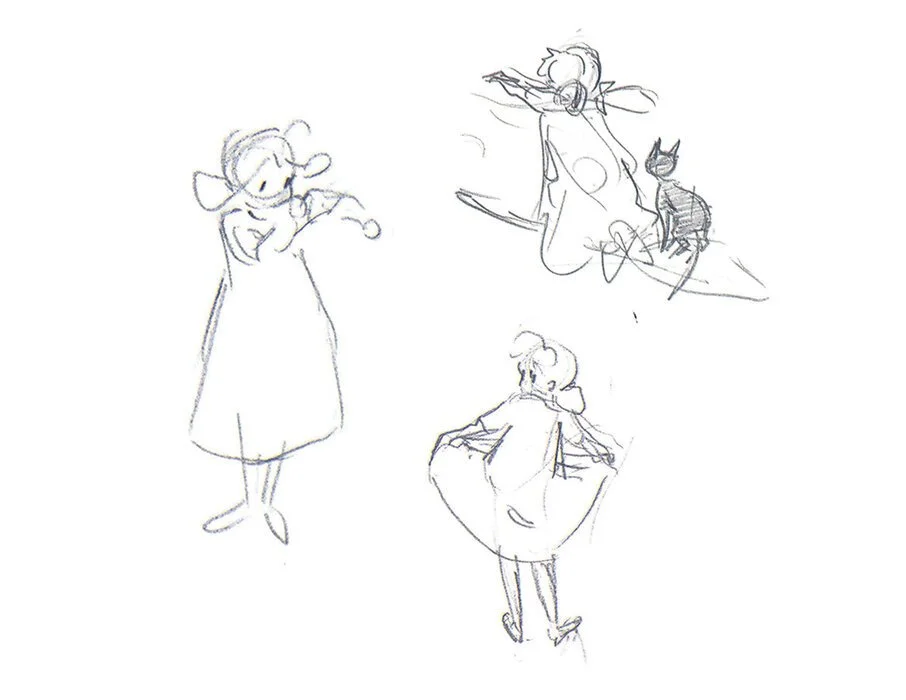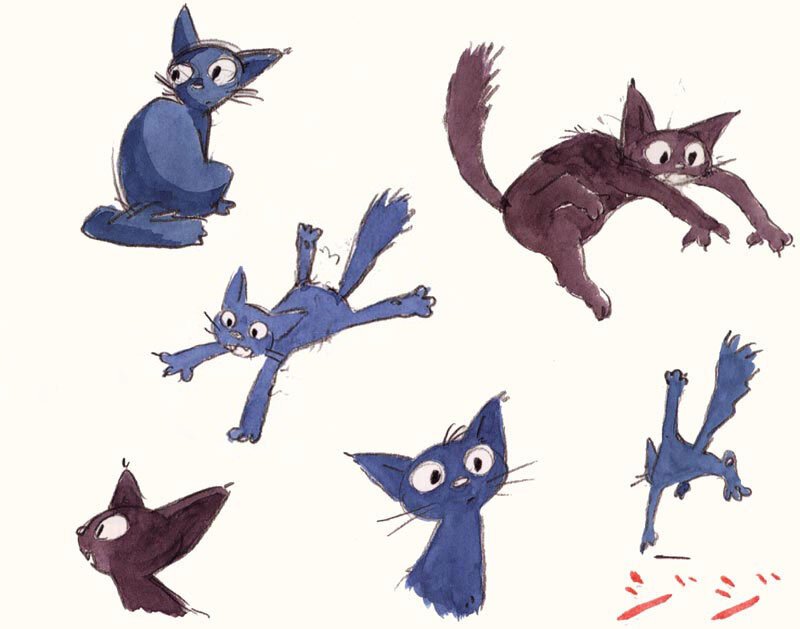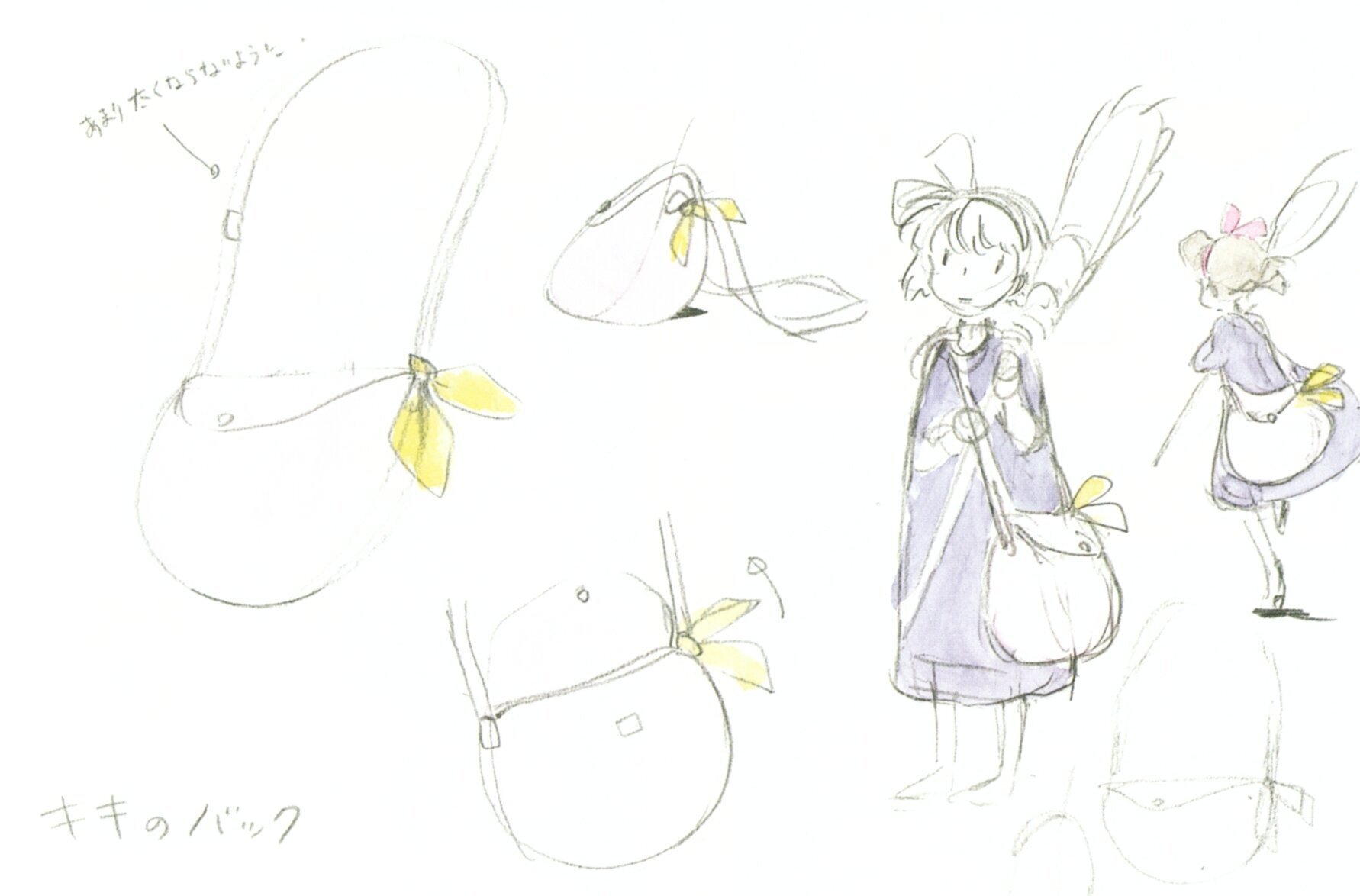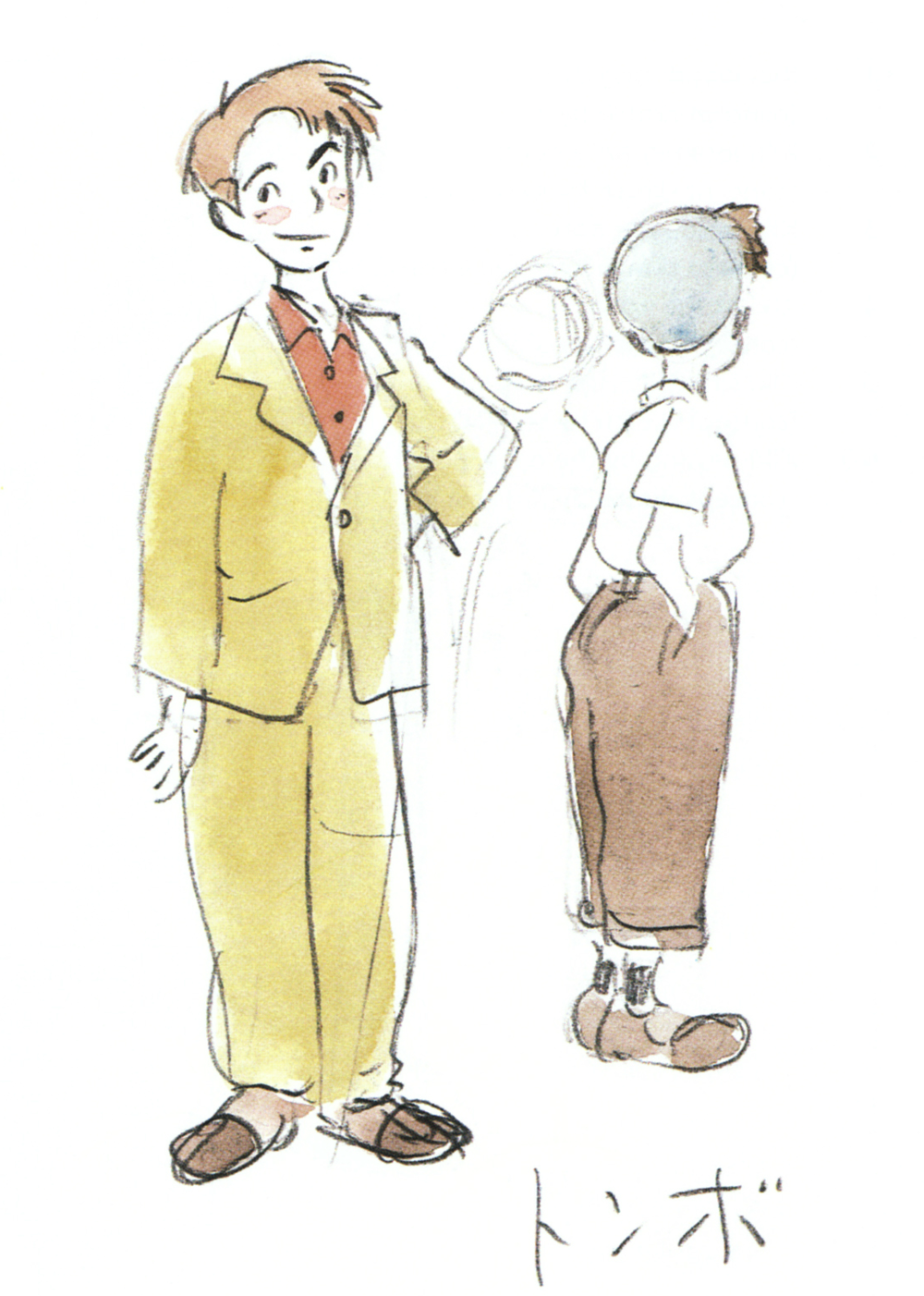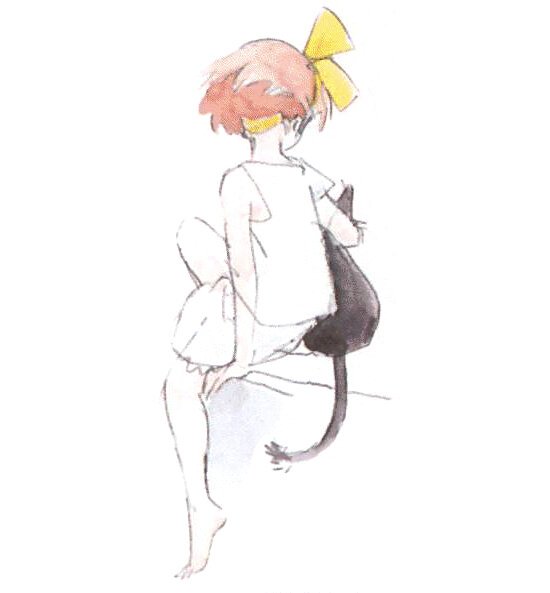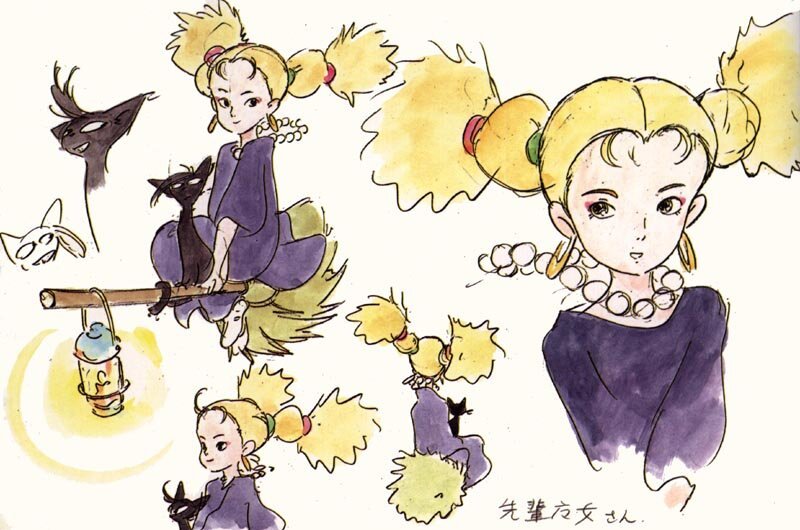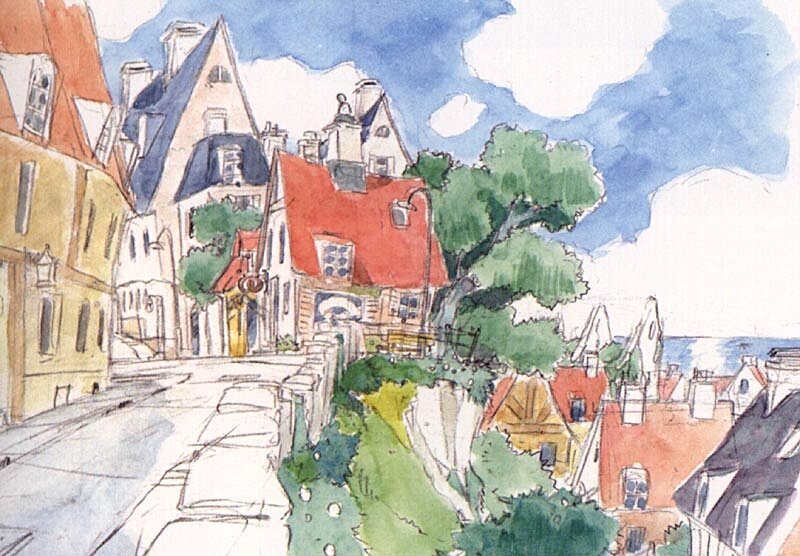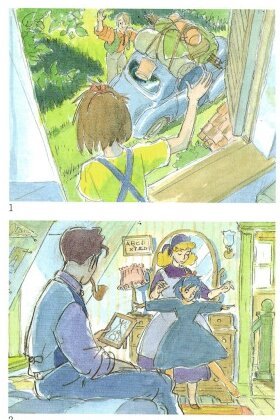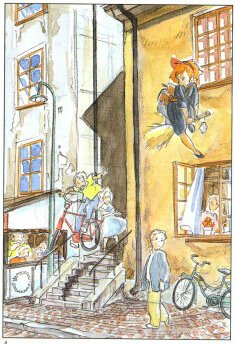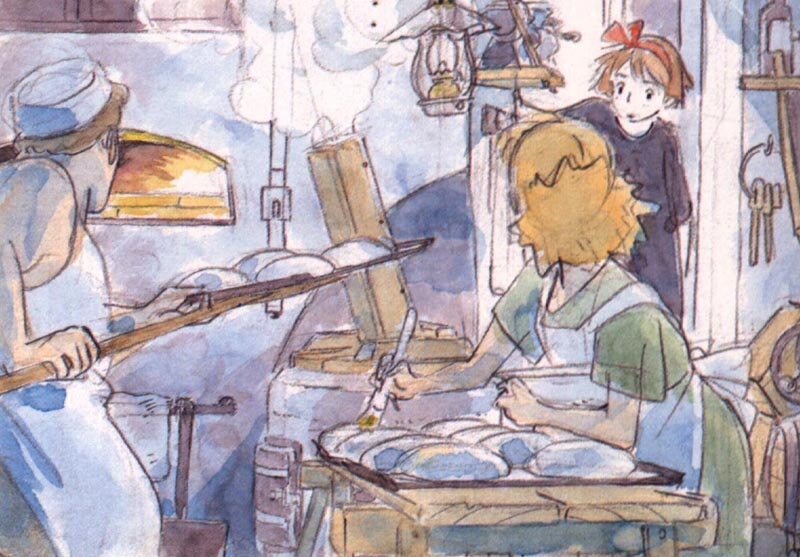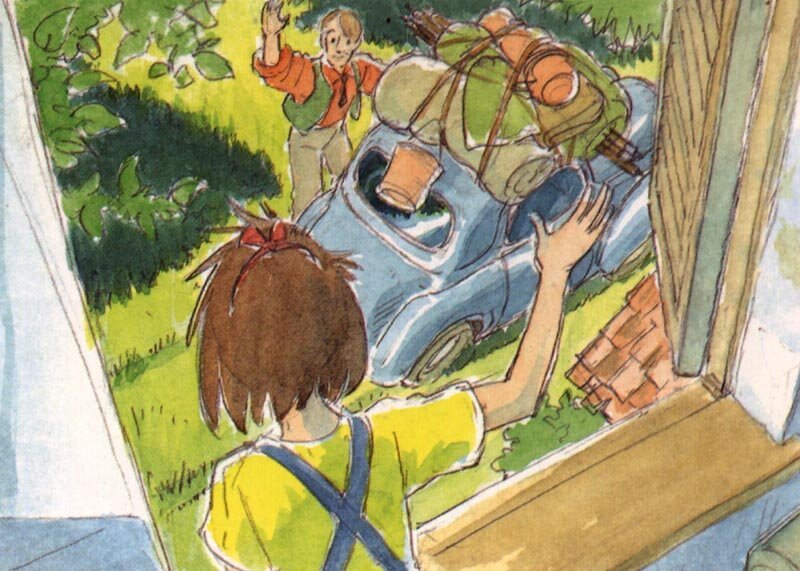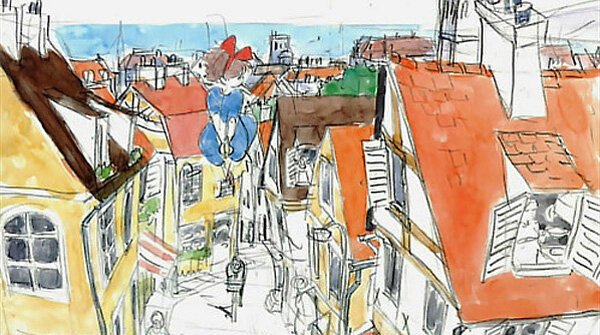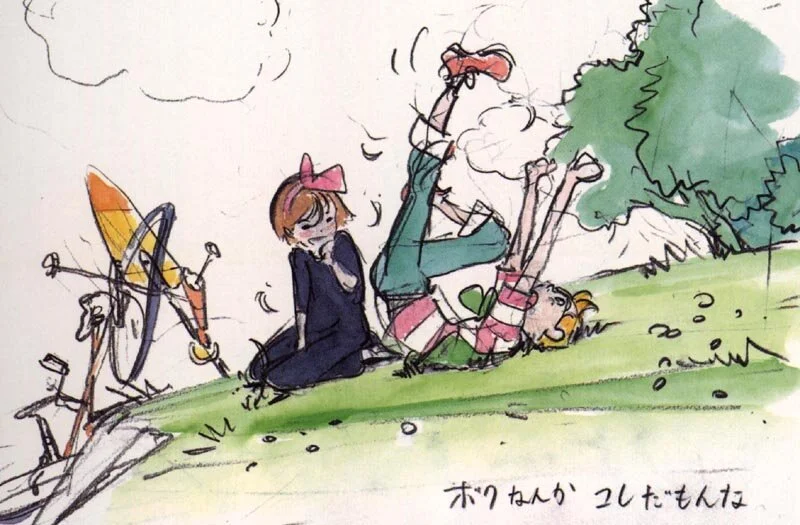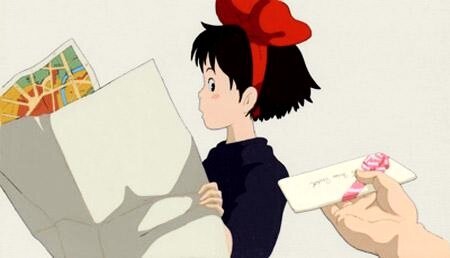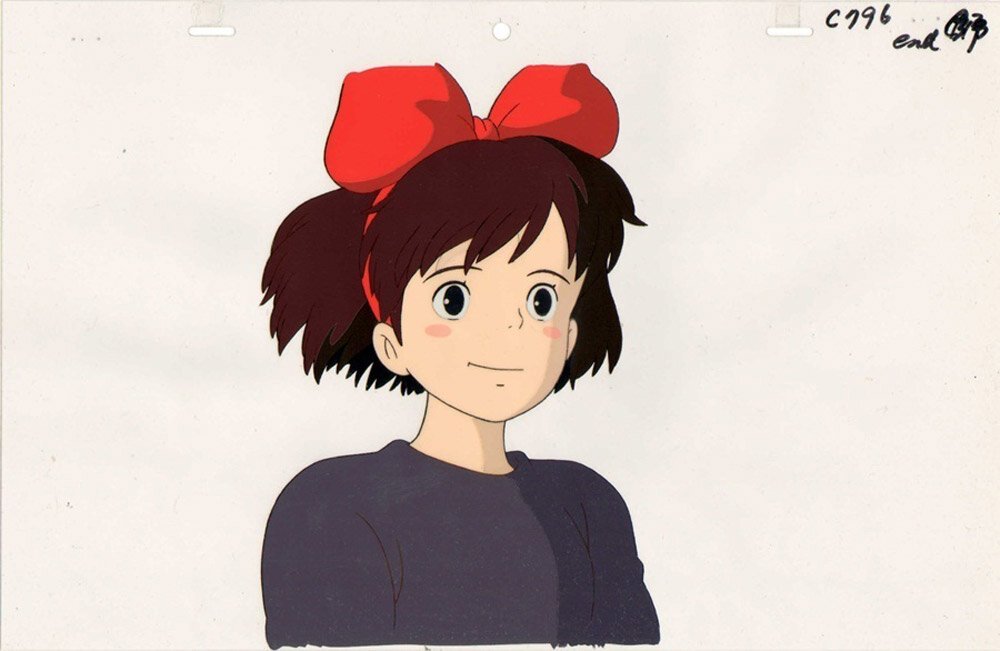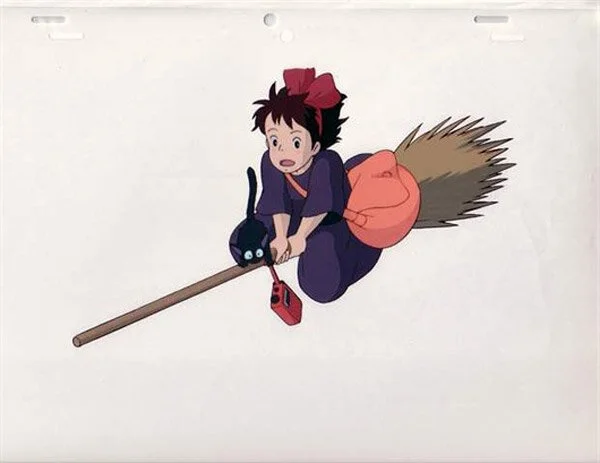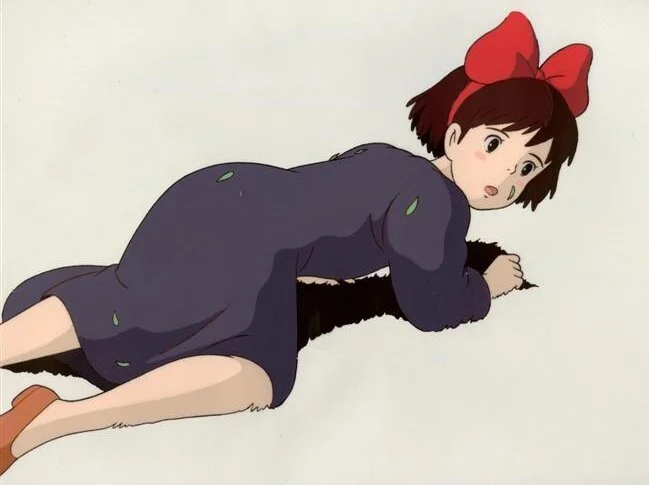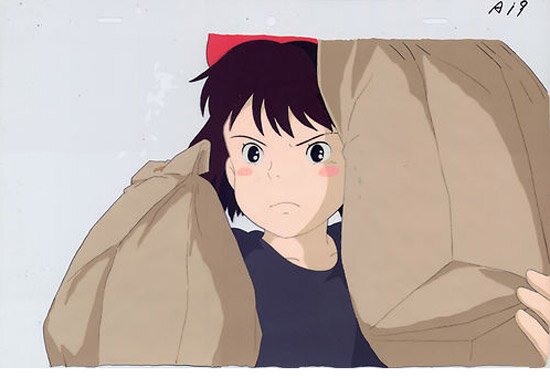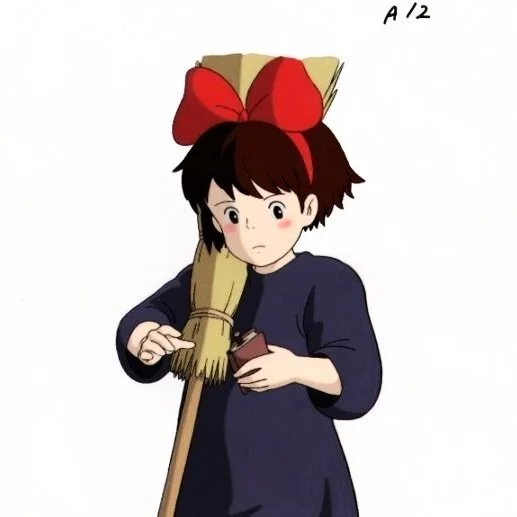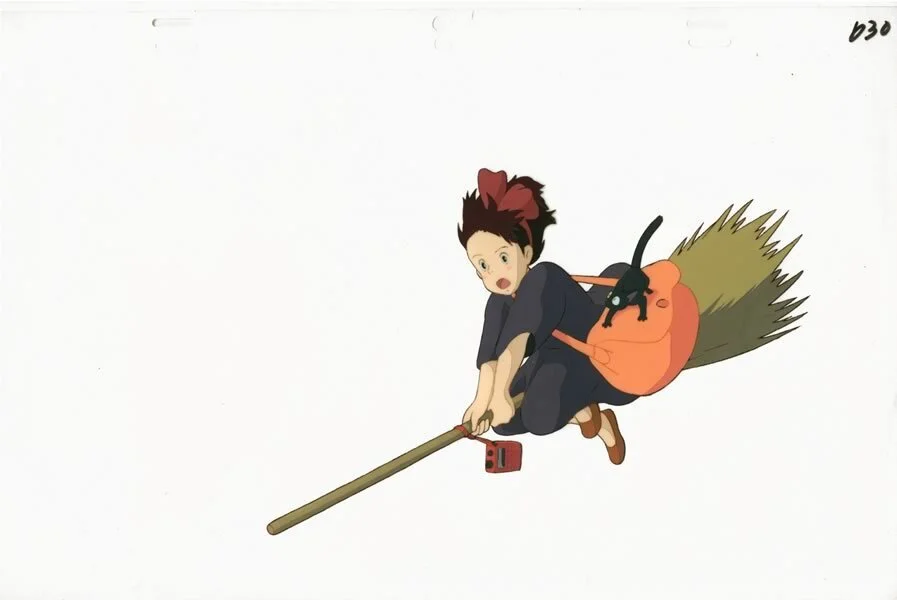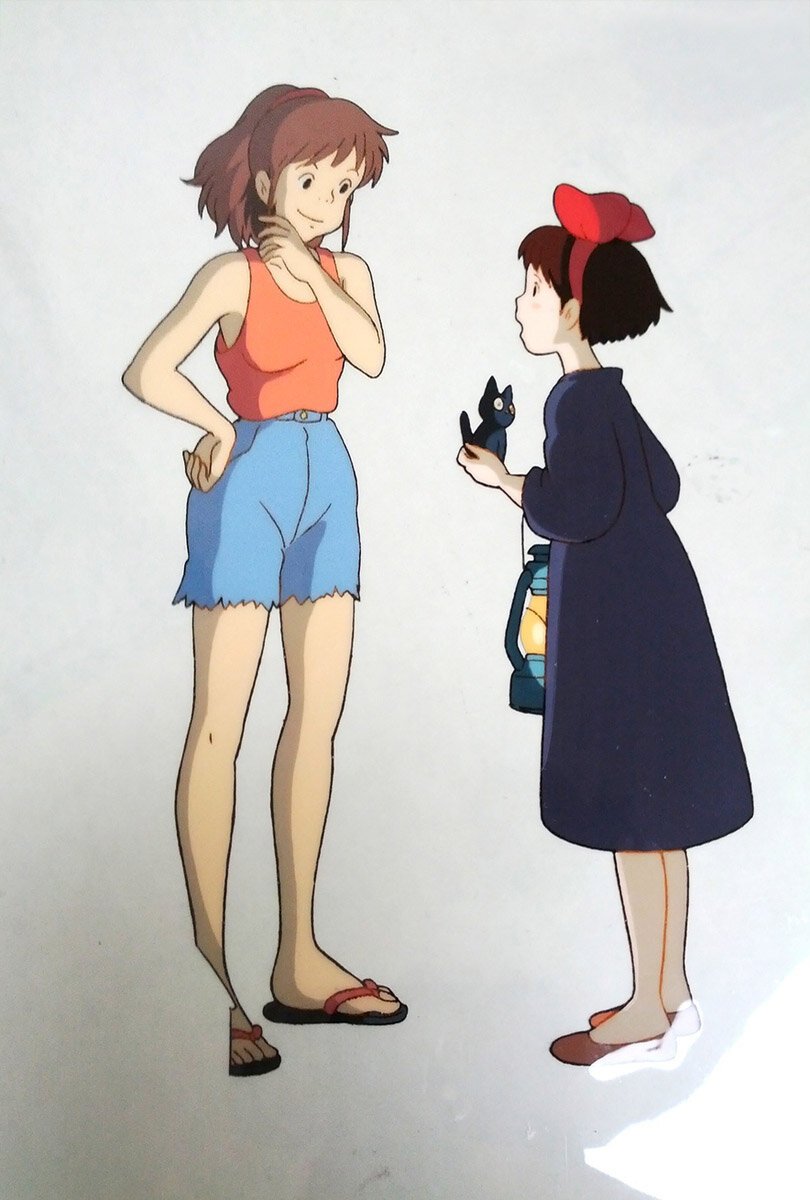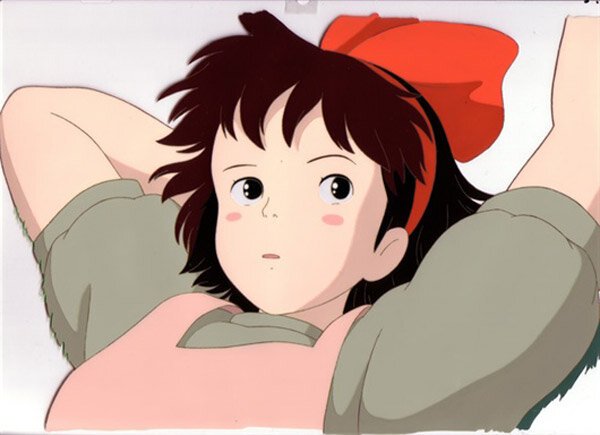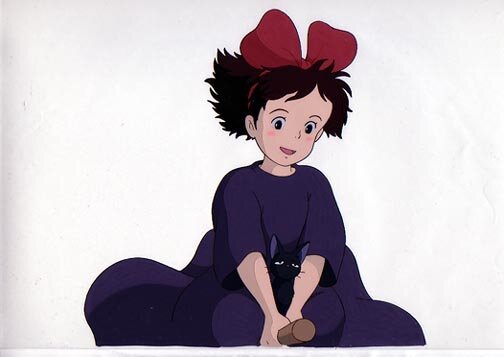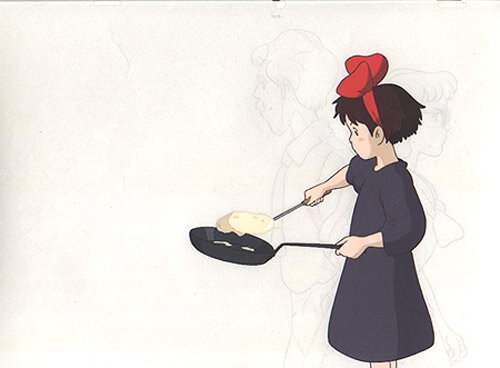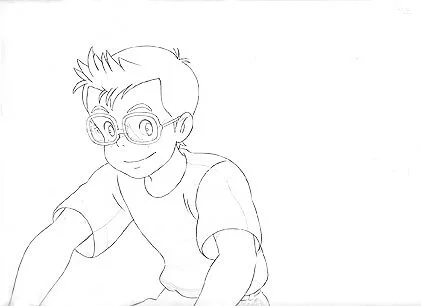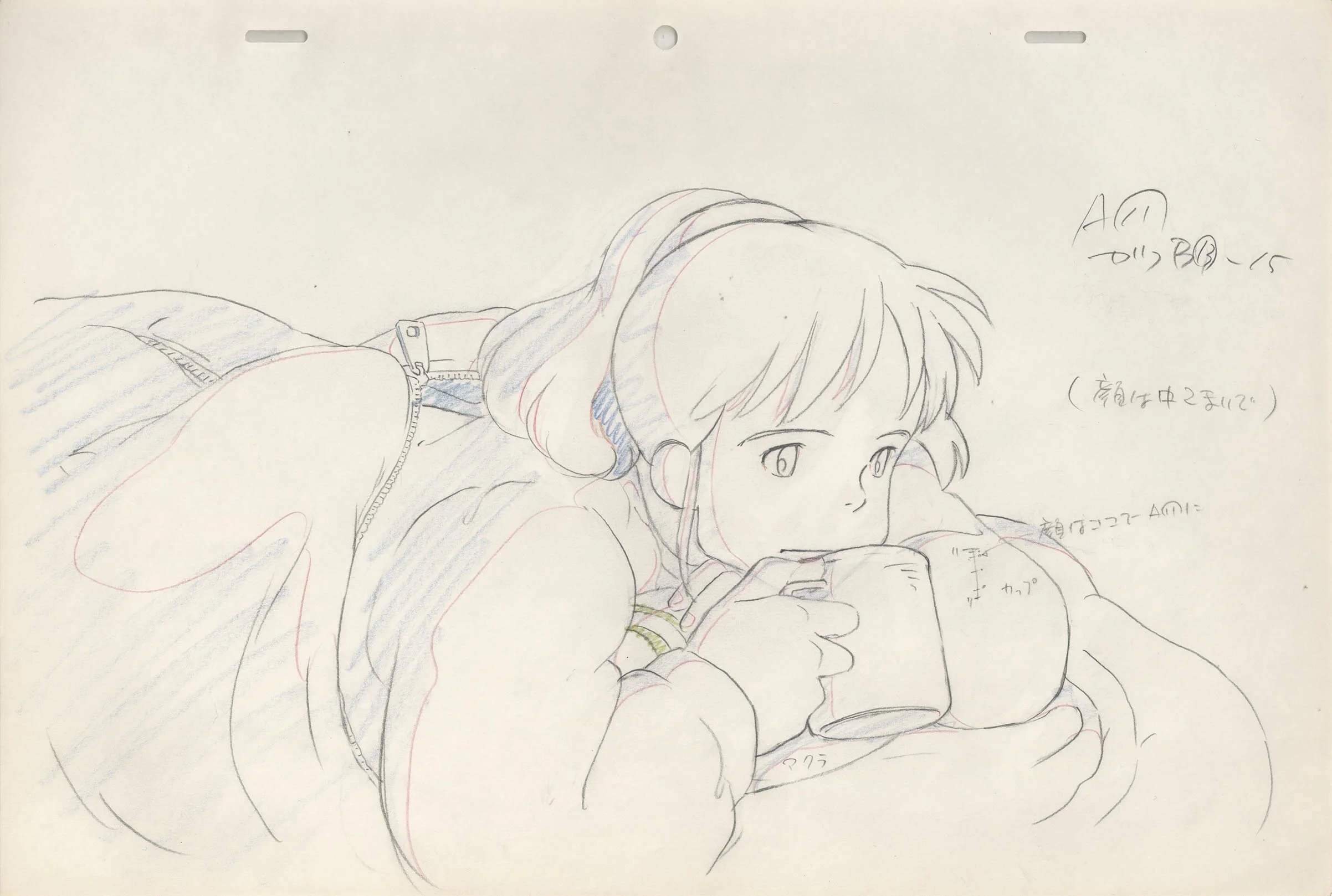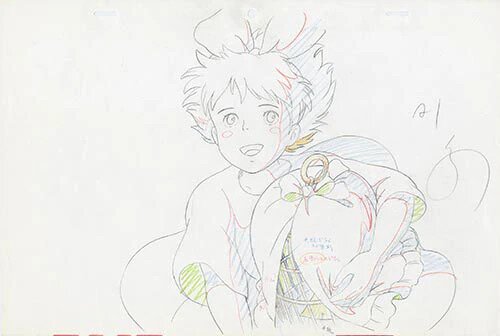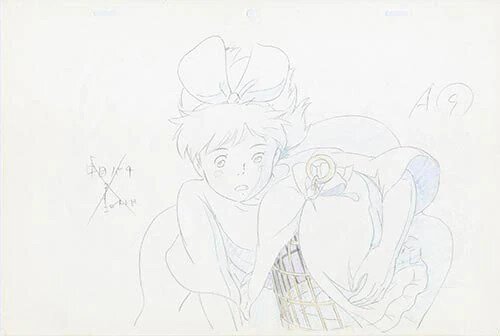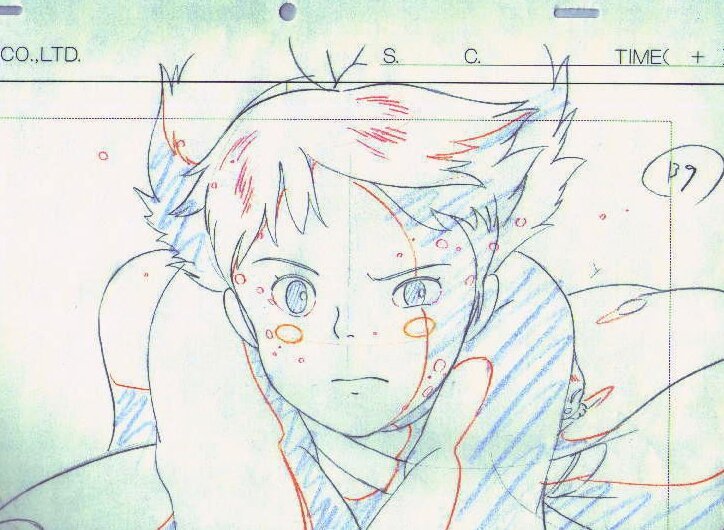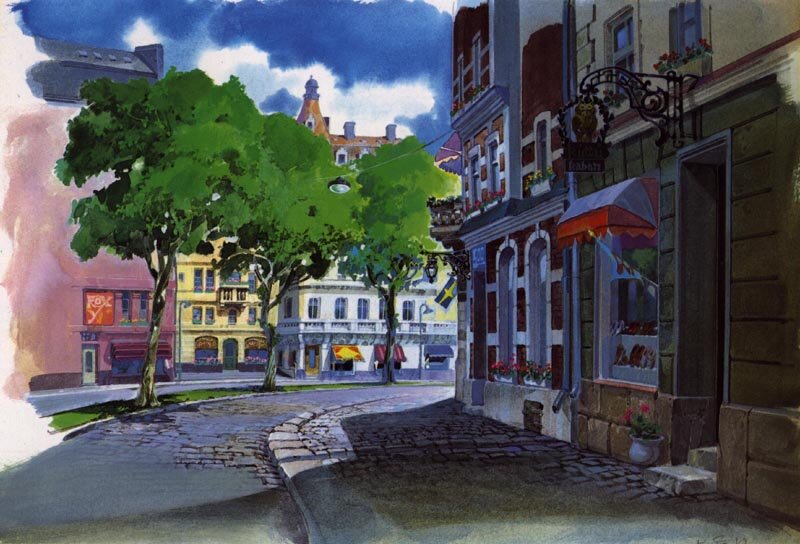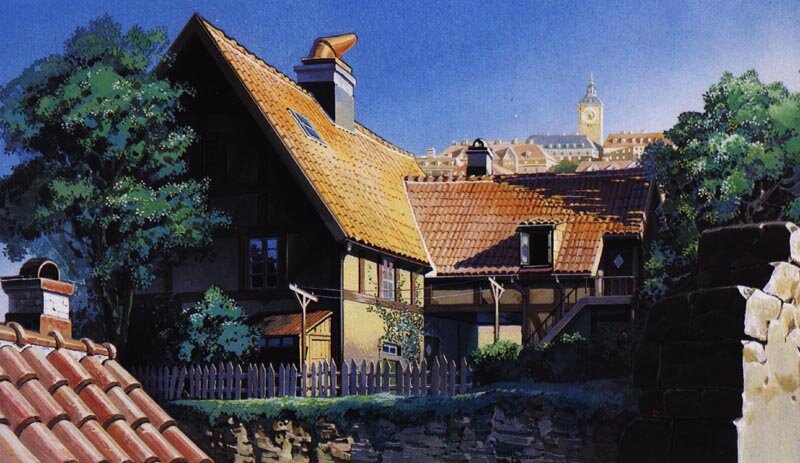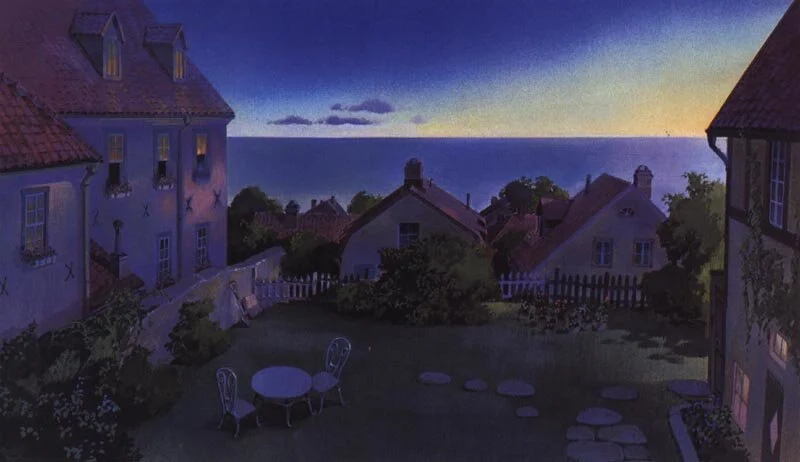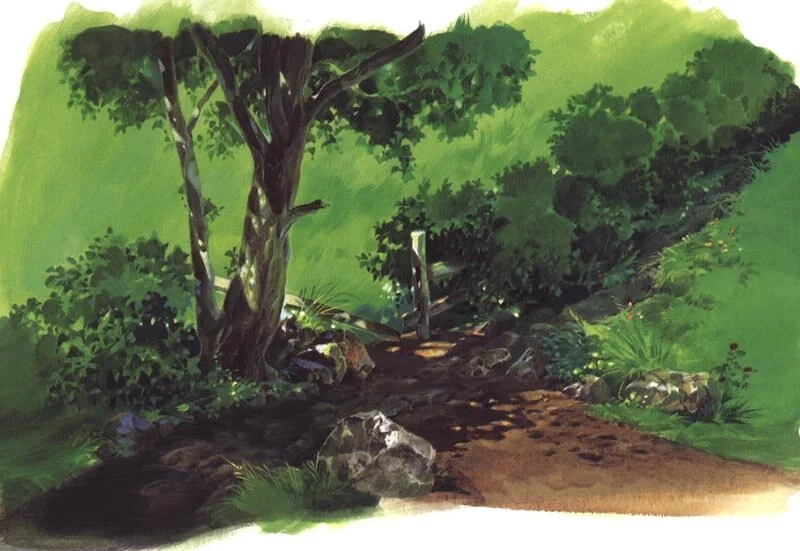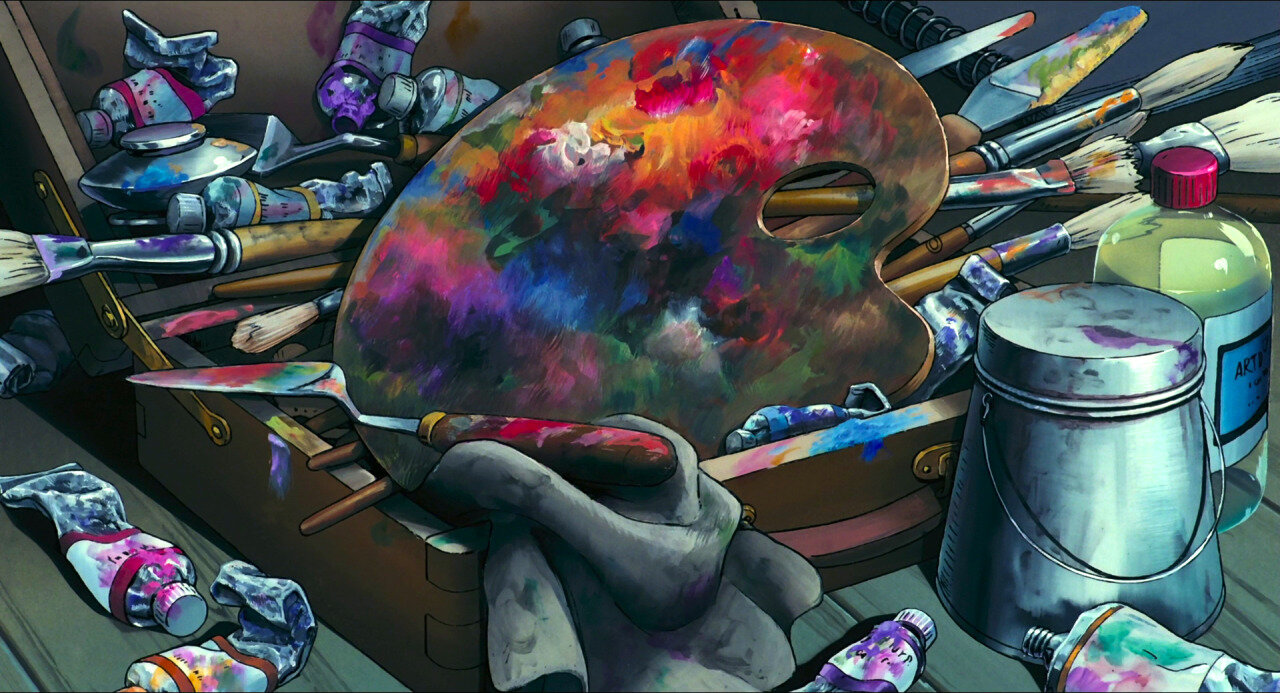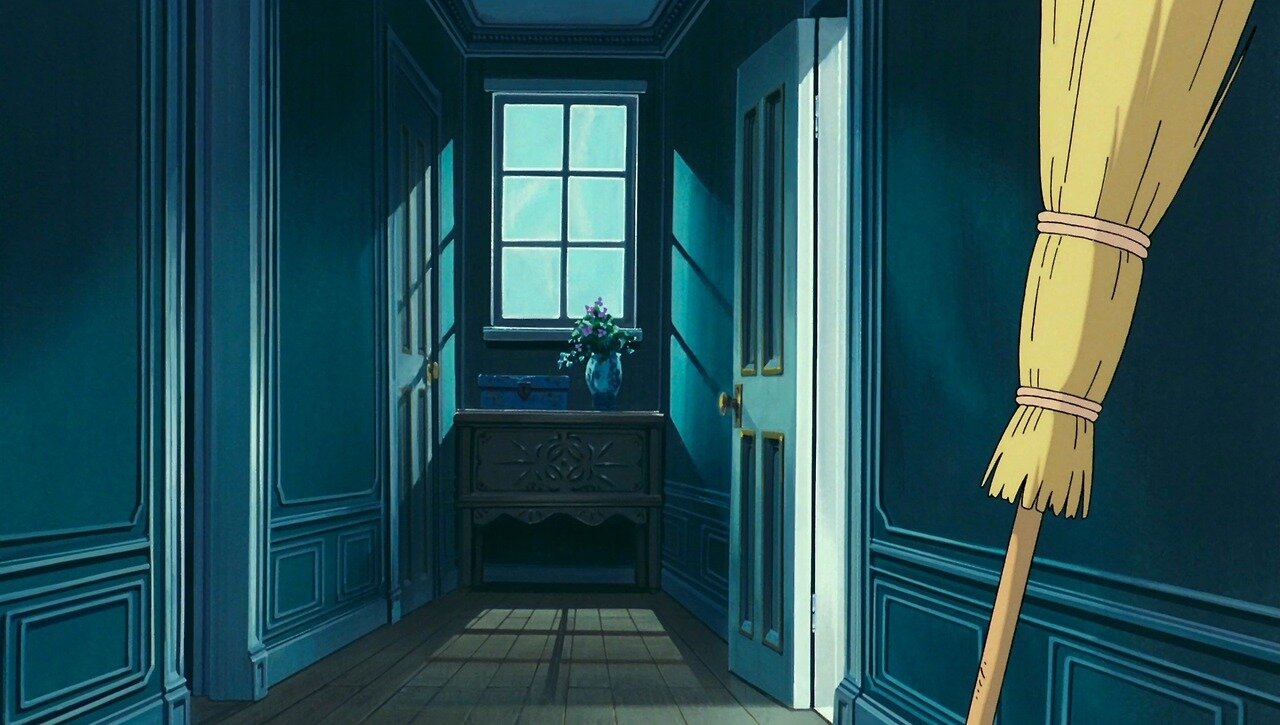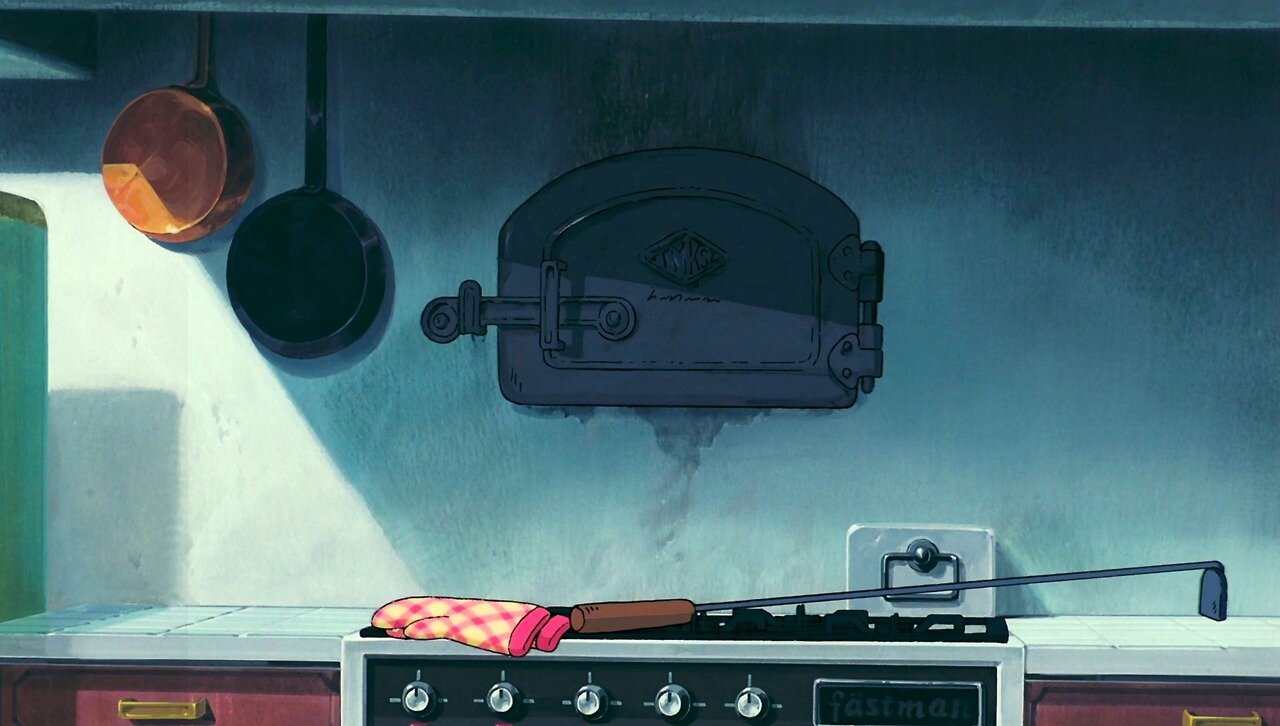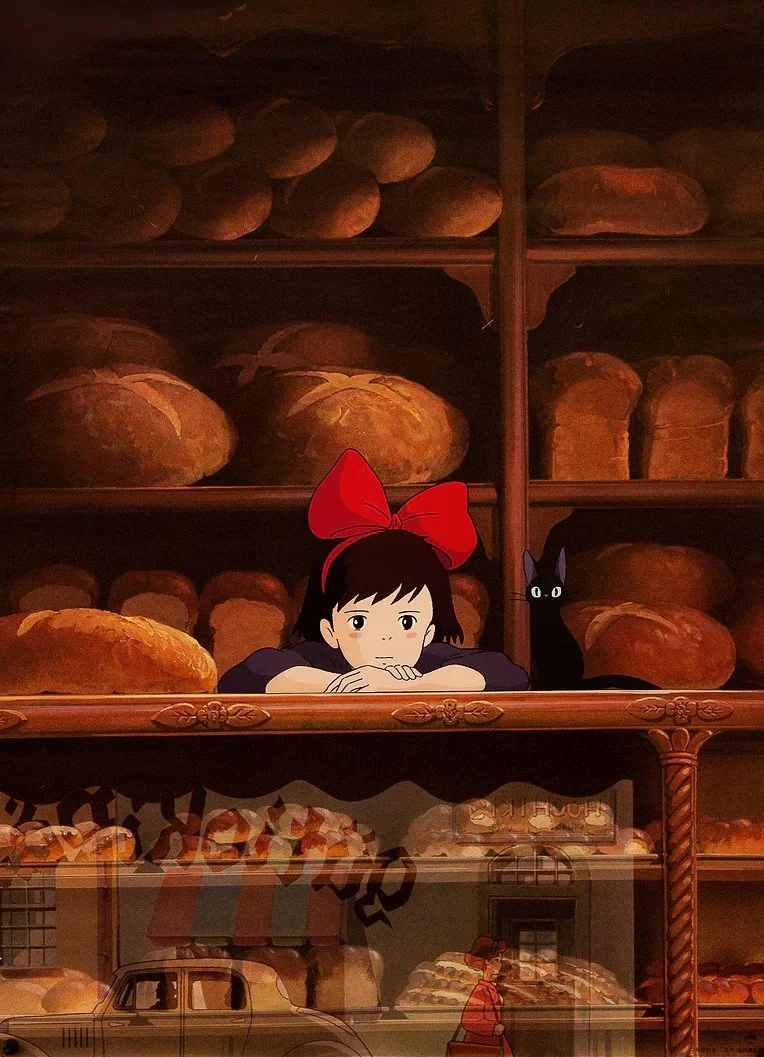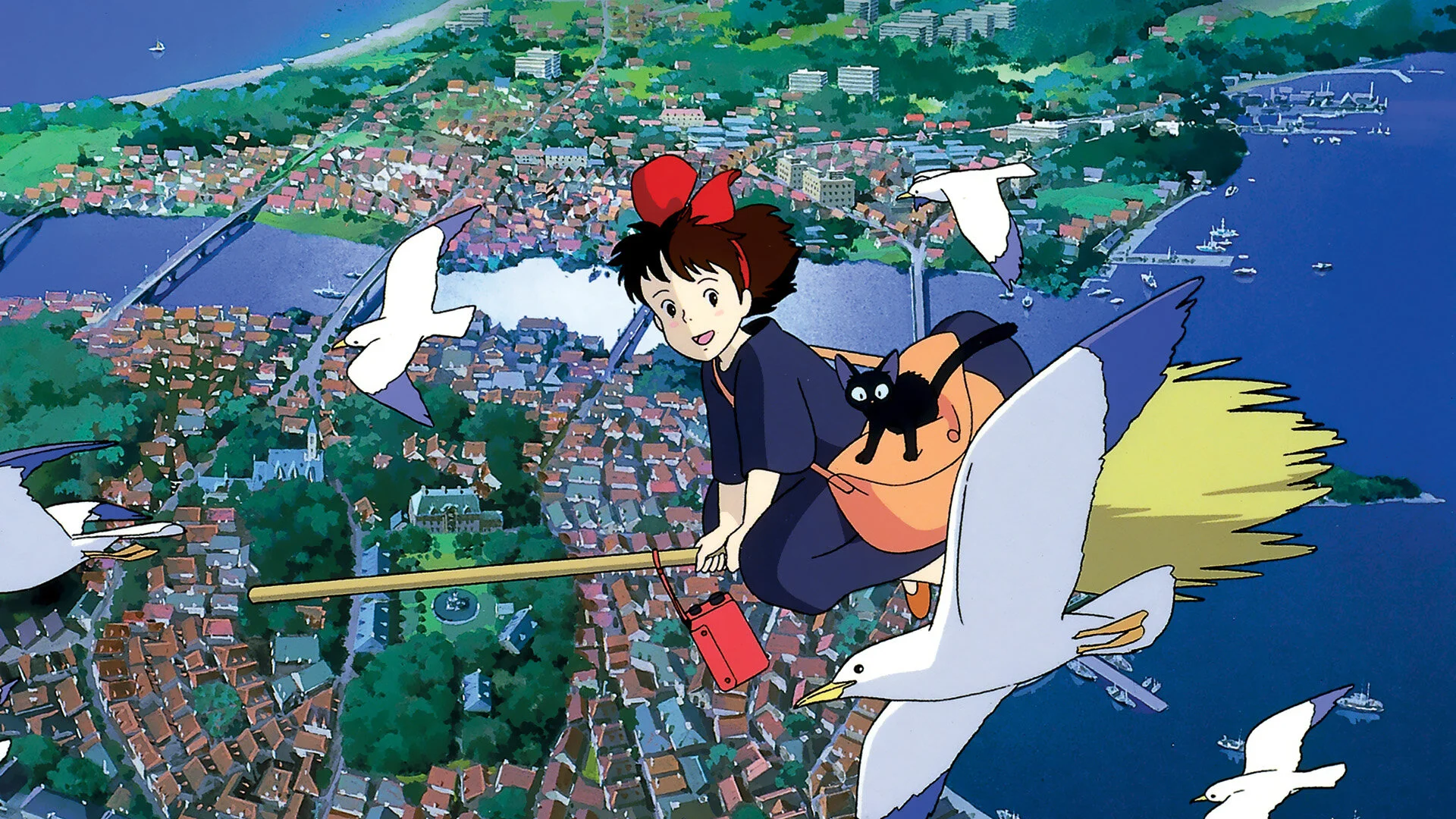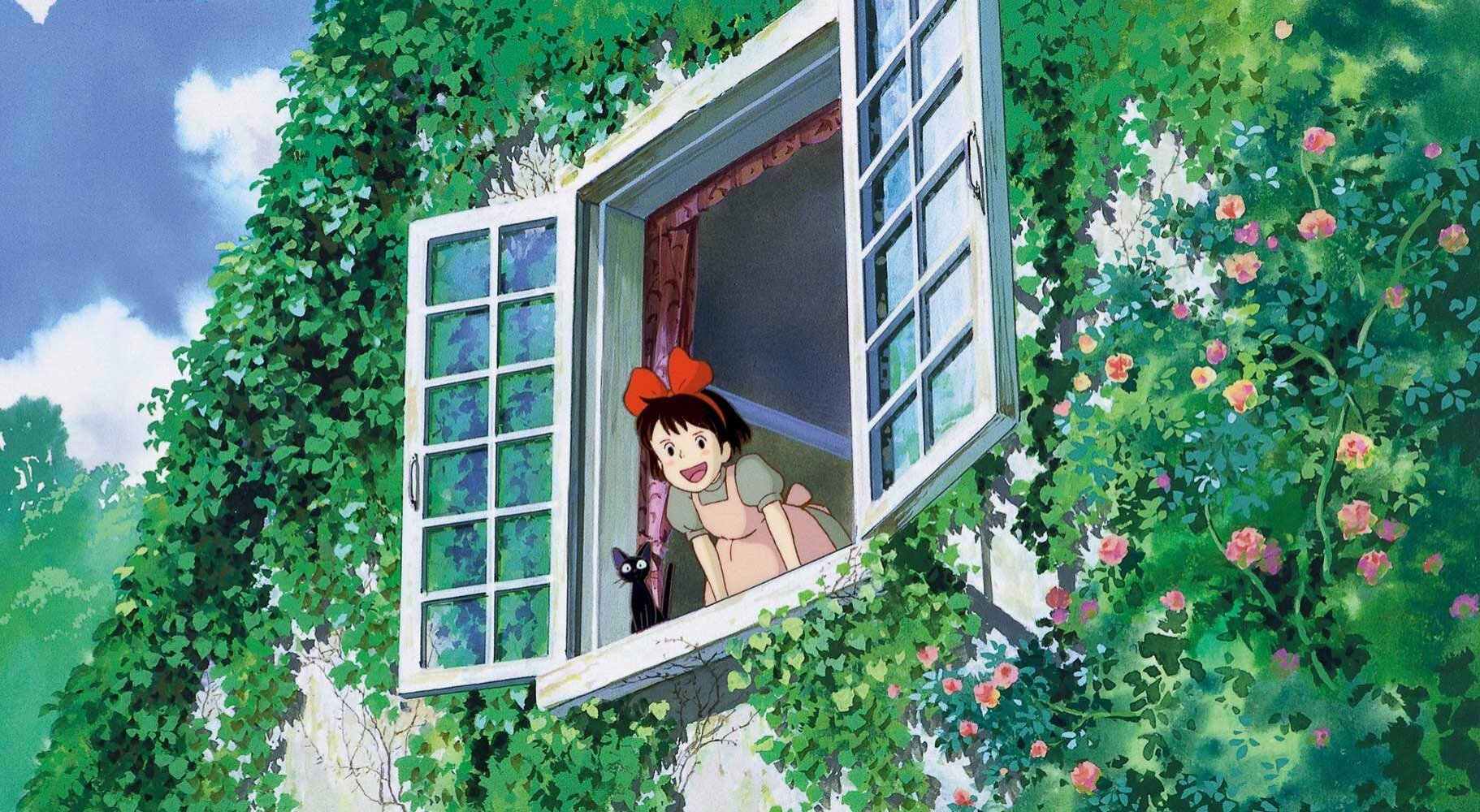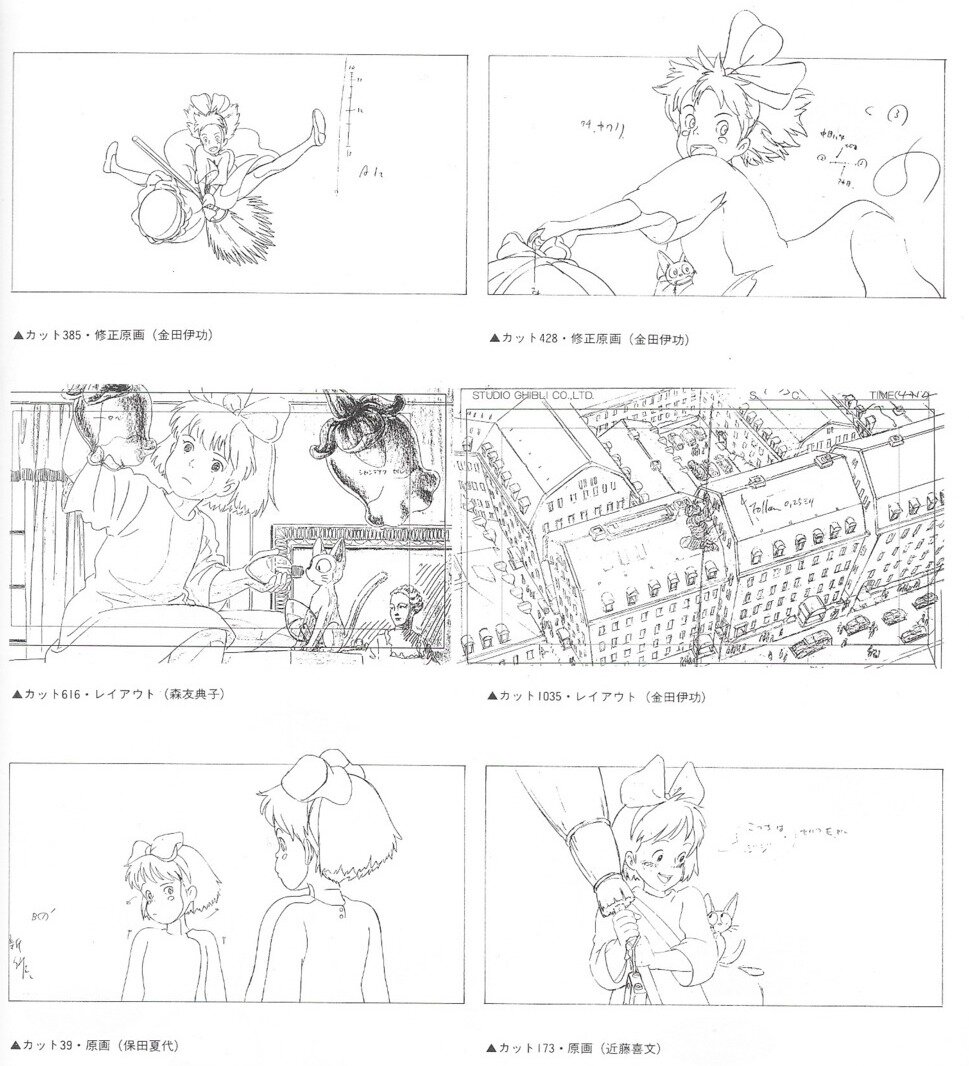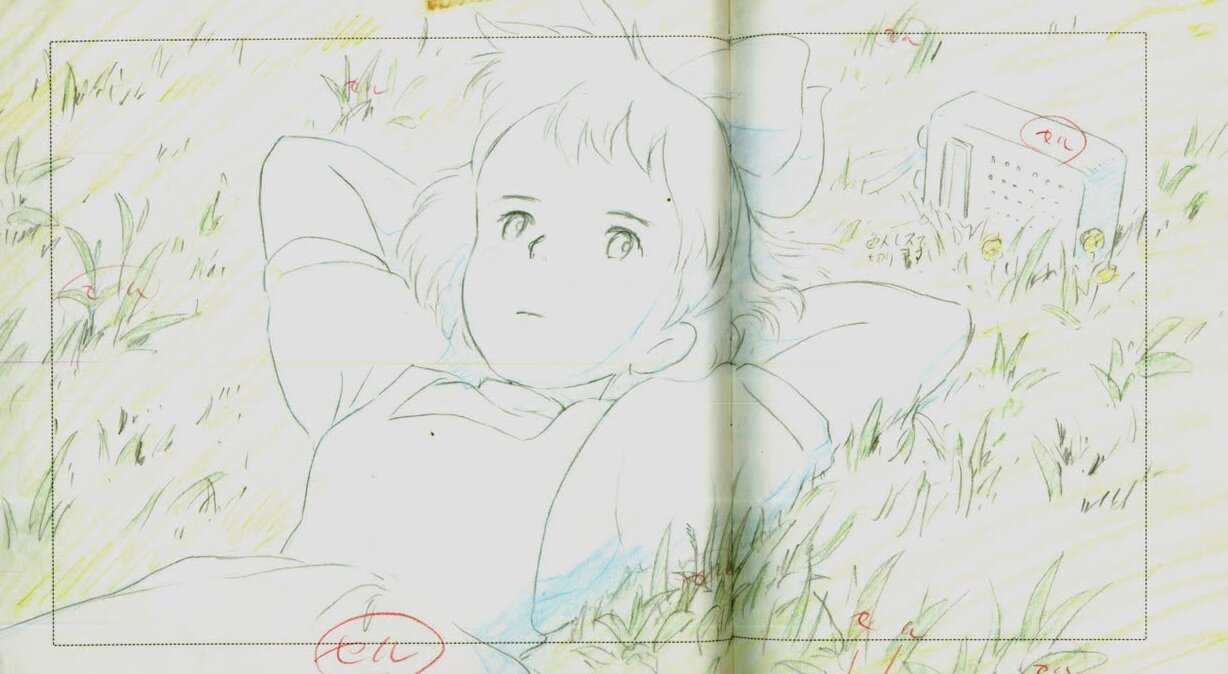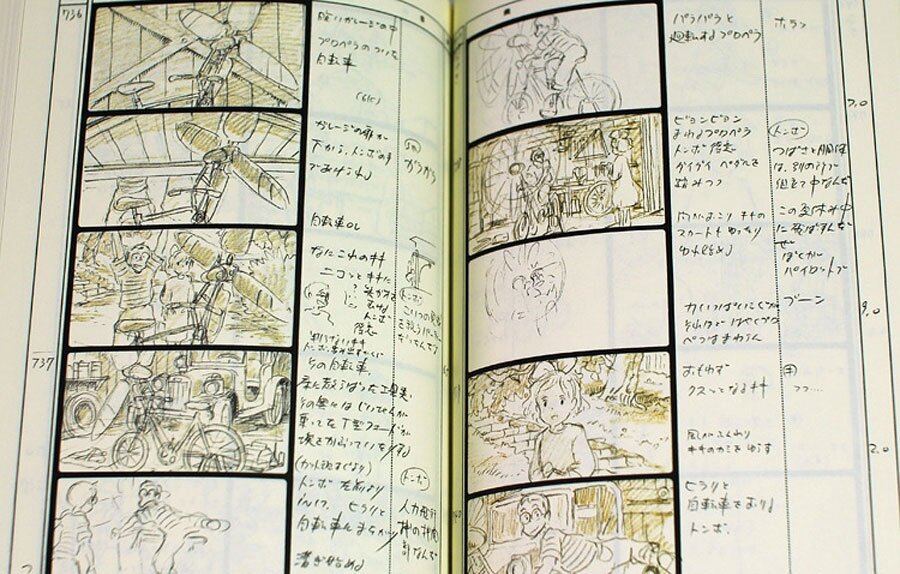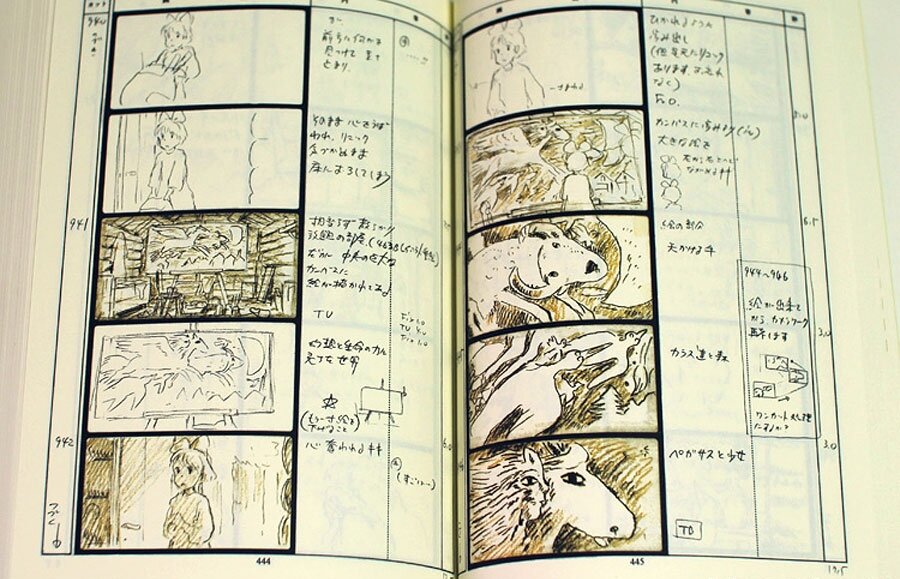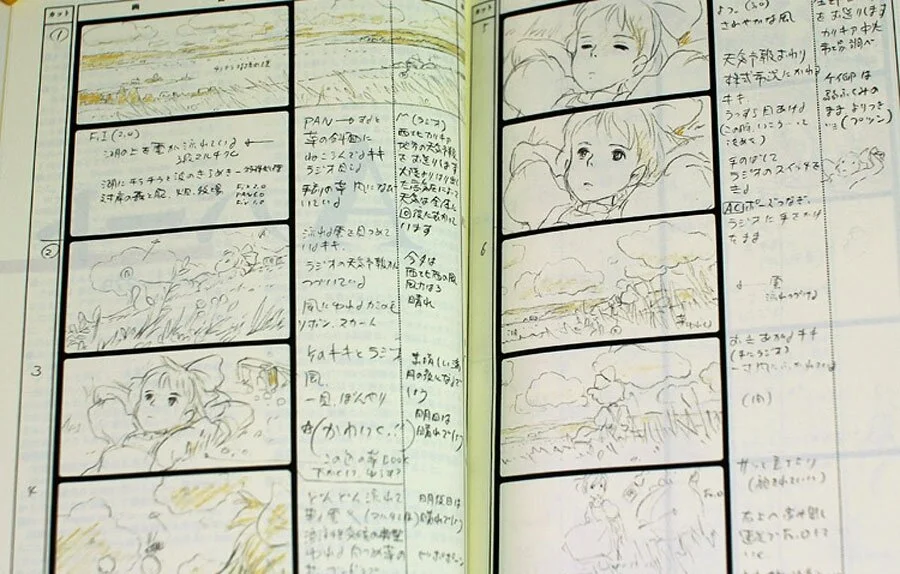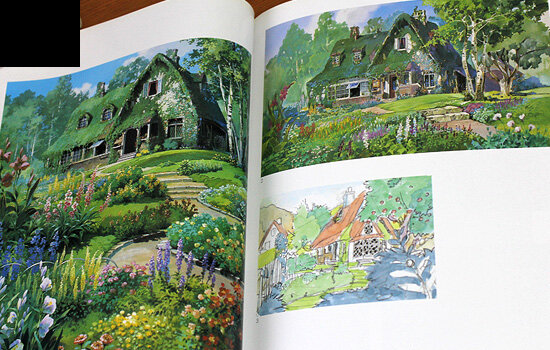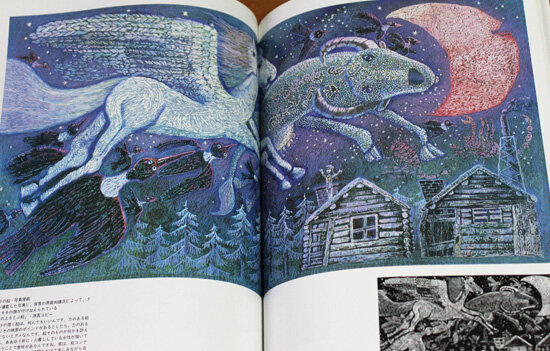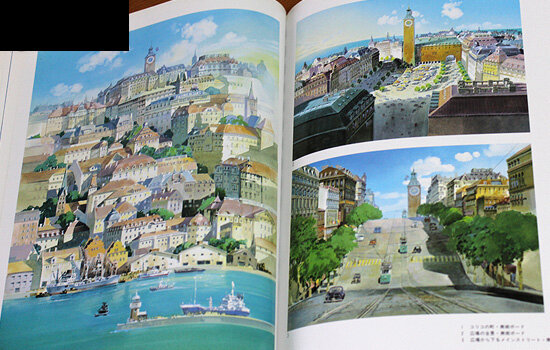Art of Kiki's Delivery Service
/ CDRKiki's Delivery Service is an animation movie produced by Studio Ghibli and directed by Hayao Miyazaki in 1989. The anime was based on the homonym novel written by Eiko Kadono. The film tells the story of a young witch, Kiki, who moves to a new town and uses her flying ability to earn a living.
In 1987, Group Fudosha asked Kadono's publishers for the rights to adapt Kadono's novel into a feature film directed by either Hayao Miyazaki or Isao Takahata of Studio Ghibli. However, both of the chosen directors were busy, working on My Neighbor Totoro and Grave of the Fireflies respectively. Miyazaki accepted the role of producer while the studio continued to search for a director. Near the end of Totoro's production, members of Studio Ghibli were being recruited as senior staff for Kiki's Delivery Service. The character design position was given to Katsuya Kondo, who was working with Miyazaki on Totoro. Hiroshi Ohno, who would later work on projects such as Jin-Roh, was hired as art director at the request of Kazuo Oga. Miyazaki chose Sunao Katabuchi as director. Katabuchi had worked with Miyazaki on Sherlock Hound; Kiki's Delivery Service was to have been his directorial debut. Studio Ghibli hired Nobuyuki Isshiki as a scriptwriter, but Miyazaki was dissatisfied with the first draft, finding it dry and too divergent from his vision of the film. Since the novel was based in a fictional country in northern Europe, Miyazaki and the senior staff went to research landscapes and other elements of the setting. Their main stops were Stockholm and Visby on the Swedish island of Gotland. The architecture of Koriko is also based on the design of buildings from other cities such as Amsterdam, Paris, and San Francisco.
Upon their return to Japan, Miyazaki and the creative team worked on conceptual art and character designs. Miyazaki began significantly modifying the story, creating new ideas and changing existing ones. Majo no Takkyūbin, the original children's book by Kadono that the movie was based on, is very different from Miyazaki's finished film. Kadono's novel is more episodic, consisting of small stories about various people and incidents Kiki encounters while making deliveries. Kiki overcomes many challenges in the novel based on "her good heart" and consequently expands her circle of friends. She faces no particular traumas or crises. Many of the more dramatic elements, such as Kiki getting attacked by many crows, losing her powers, or the airship incident at the film's climax, are not present in the original story. In order to more clearly illustrate the themes of struggling with independence and growing up in the film, Miyazaki intended to have Kiki face tougher challenges and create a more potent sense of loneliness. One such challenge is Kiki's sudden loss of ability to fly. This event is only loosely paralleled in the novel, in which Kiki's broom breaks and merely requires her to fix it. Miyazaki remarked, "As movies always create a more realistic feeling, Kiki will suffer stronger setbacks and loneliness than in the original". Kadono was unhappy with the changes made between the book and film, to the point that the project was in danger of being shelved at the screenplay stage. Miyazaki and Toshio Suzuki, the producer of Ghibli, went to the author's home and invited her to the film's studio. After her visit to the studio, Kadono decided to let the project continue. Miyazaki finished the rough draft of the screenplay in June 1988 and presented it in July 1988. It was at this time that Miyazaki revealed that he had decided to direct the film, because he had influenced the project so much. Kiki's Delivery Service was originally intended to be a 60-minute special but expanded into a feature film running 102 minutes after Miyazaki completed storyboarding and scripting it. The film had a production budget of ¥800 million ($6.9 million), making it one of the most expensive anime films up until then, along with Akira (1988) and Royal Space Force: The Wings of Honnêamise (1987).
The pictures on this page are a collection of artworks created for this movie.
THE STORY
As is traditional for trainee witches, thirteen-year-old Kiki leaves home with her black cat named Jiji, with whom she talks. She flies on her broomstick to the port city of Koriko. While searching for somewhere to live, Kiki is pursued by Tombo, a geeky boy obsessed with aviation who admires her flying ability. In exchange for accommodation, Kiki helps Osono, the kindly and heavily pregnant owner of a bakery. She opens a "Witch Delivery Business", delivering goods by broomstick. Her first delivery goes badly; she is caught in a gust of wind and drops the black cat toy she is supposed to deliver. Jiji pretends to be the toy at the recipient's house while Kiki searches for the toy. She finds it in the home of a young painter, Ursula, who mends and returns it to Kiki so she can complete the delivery and rescue Jiji.
Kiki accepts a party invitation from Tombo, but is delayed by her work and, exhausted, falls ill. When she recovers, Osono clandestinely arranges for Kiki to see Tombo again by assigning her a delivery addressed to him. After Kiki apologizes for missing the party, Tombo takes her for a test ride on the flying machine he is working on, fashioned from a bicycle. Kiki warms to Tombo but is put off by his friends' teasing and walks home. After seeing a recipient's negative reaction to a delivered gift, Kiki becomes depressed and discovers she can no longer understand Jiji, who now spends more time with a pretty white cat. She has also lost her flying ability and is forced to suspend her delivery business…

Ready for more?
Discover thousands of model sheets, concept designs, background paintings from the best animation movies and TV series!






